EU VAT Framework for SME Schemes: Simplified Tax Compliance

The impact of small and medium-sized enterprises (SMEs) can never be underestimated, as SMEs are an irreplaceable factor in the European Union economy. That is why it is essential for businesses and all other interested and involved parties to gain a deeper understanding of the EU VAT regulatory framework for SMEs.
Seeing the importance of SMEs in the EU ecosystem, EU regulators and various stakeholders have devoted resources to developing a more friendly business and tax environment for SMEs. As a product of these efforts, the EU created a regulatory framework for SME schemes that support small businesses, where the main focus is on their VAT liabilities.
However, this does not mean that the current EU VAT system does not have complexities for SMEs. The policymakers did not intend for the system currently in place for SMEs to be definitive. Quite the opposite, it was supposed to be a transitional system established before the digital economy. This article explores the special VAT schemes designed for SMEs, highlighting simplified procedures, exemptions, and graduated tax relief.
Defining SMEs Under EU Legislation: Criteria and Classifications
According to the EU Recommendation 2003/361, two factors are used to categorize SMEs: the number of employees and either annual turnover or balance sheet total. Establishing this standardized definition at the EU level helps EU Member States enable targeted support and policies for businesses of different sizes.
The EU-wide definition of SMEs covers three different groups of businesses: microenterprises, small enterprises, and medium enterprises.
Following two determining factors, microenterprises are businesses with less than 10 employees, and an annual turnover or balance sheet total of up to EUR 2 million, and small enterprises have less than 50 employees and an annual turnover or balance sheet total of up to EUR 10 million, and medium enterprises have less than 250 employees and an annual turnover of up to EUR 50 million or a balance sheet total of up to EUR 43 million.
The turnover and balance sheet total thresholds are set in EUR and apply uniformly across all EU countries.
Whereas individual businesses that meet the criteria set for these groups may benefit from SME policies, a business that is part of or a member of a larger group may also need to include data on determining factors from that group.
Special VAT Scheme for Small Businesses under EU VAT Directive
Under the EU VAT Directive, Member States can implement simplified VAT procedures for small businesses, including flat-rate schemes and VAT exemptions. These measures aim to reduce the compliance burden and costs associated with standard VAT arrangements, especially for businesses with lower turnover.
In many EU countries, small businesses can apply for a special scheme to trade under certain conditions without charging VAT. If taxable supplies of goods or services are below a defined threshold, they may be exempt from VAT, meaning businesses do not pay VAT to the Tax Authority. Consequently, they cannot deduct input VAT or show VAT on invoices.
Businesses need to be aware that in some countries, small businesses are not exempt from VAT, and registration for VAT is required as soon as taxable sales are made.
Small businesses with annual turnover below a defined threshold might qualify for graduated relief. If eligible, businesses must still register for VAT but can receive relief on part of their turnover. This relief diminishes as their turnover increases until it reaches the threshold set by the businesses's home EU country.
These thresholds differ across Member States and may have special conditions. Notably, only a few EU countries have adopted the graduated relief option. Also, these rules do not apply to occasional transactions, supplies of new means of transport under specific conditions, and supplies by a taxable person not established in the Member State where VAT is due.
The current rules set by the EU VAT Directive allow Member States to exempt small businesses established in those Member States from VAT registration with annual gross receipts below a EUR 5,000 threshold. Nevertheless, the EU VAT Directive allows Member States to deviate from the VAT exemption threshold and, upon request, set national thresholds.
Practical Implications For Small Businesses
Compliance with VAT regulations poses significant challenges for SMEs, often leading to higher operational costs. The EU VAT schemes aim to alleviate these burdens through various relief options and simplified procedures tailored to small businesses' unique needs.
The current SME Scheme, adopted by Member States, is predominantly designed for domestic businesses trading domestically. This means that small businesses that do not have headquarters in another Member State cannot benefit from the scheme. Even if they establish their businesses in another EU Member State, they must know different thresholds and additional conditions to benefit from the VAT exemption or graduate relief.
As stated in the annual report on taxation for 2024, compliance with tax obligations costs SMEs 2.5% of their turnover, and they face a significantly higher burden than large businesses. In addition, due to the multitude of different tax rules they might encounter, SMEs are generally not operating cross-border.
VAT Registration Thresholds for SMEs in Different EU Member States
Under current VAT rules in Finland, small businesses with a turnover of up to EUR 15,000 for the accounting year do not need to apply for VAT registration. In Belgium, small businesses are eligible for the VAT exemption scheme if their business’s annual turnover does not exceed EUR 25,000.
Germany has a slightly different definition of the VAT exemption threshold for small businesses. Small businesses can benefit from this exemption if their turnover does not exceed EUR 22,000 in the previous calendar year and anticipates that it will not surpass EUR 50,000 in the current calendar year.
Italian law states that small businesses can apply for a flat rate option if their gross annual income did not exceed EUR 85 000 in the previous year. This threshold was previously set at EUR 65 000 but was increased by the 2023 Budget Law.
In Greece, the VAT Code also provides rules that exempt small businesses from the obligation to file a VAT return and pay VAT. To apply for this exemption, businesses must have had a turnover of less than EUR 10,000 during the past tax year.
Conclusion
SMEs face many challenges regarding VAT compliance and cost in their daily operations. Additionally, they have limitations regarding cross-border transactions and disadvantages if they want to sell their goods or services to consumers in another Member State. Although small businesses can benefit from certain VAT exemptions, these are defined at the national level and not at the EU level.
Because of these difficulties, the EU adopted a reform of the small business exemption mechanism in 2020, scheduled to take effect on January 1, 2025. The new SME scheme is designed to ease the disproportionate VAT burden faced by SMEs.

Featured Insights

Angola’s E-Invoicing Mandate: Phased Implementation Continues Into 2026
🕝 December 10, 2025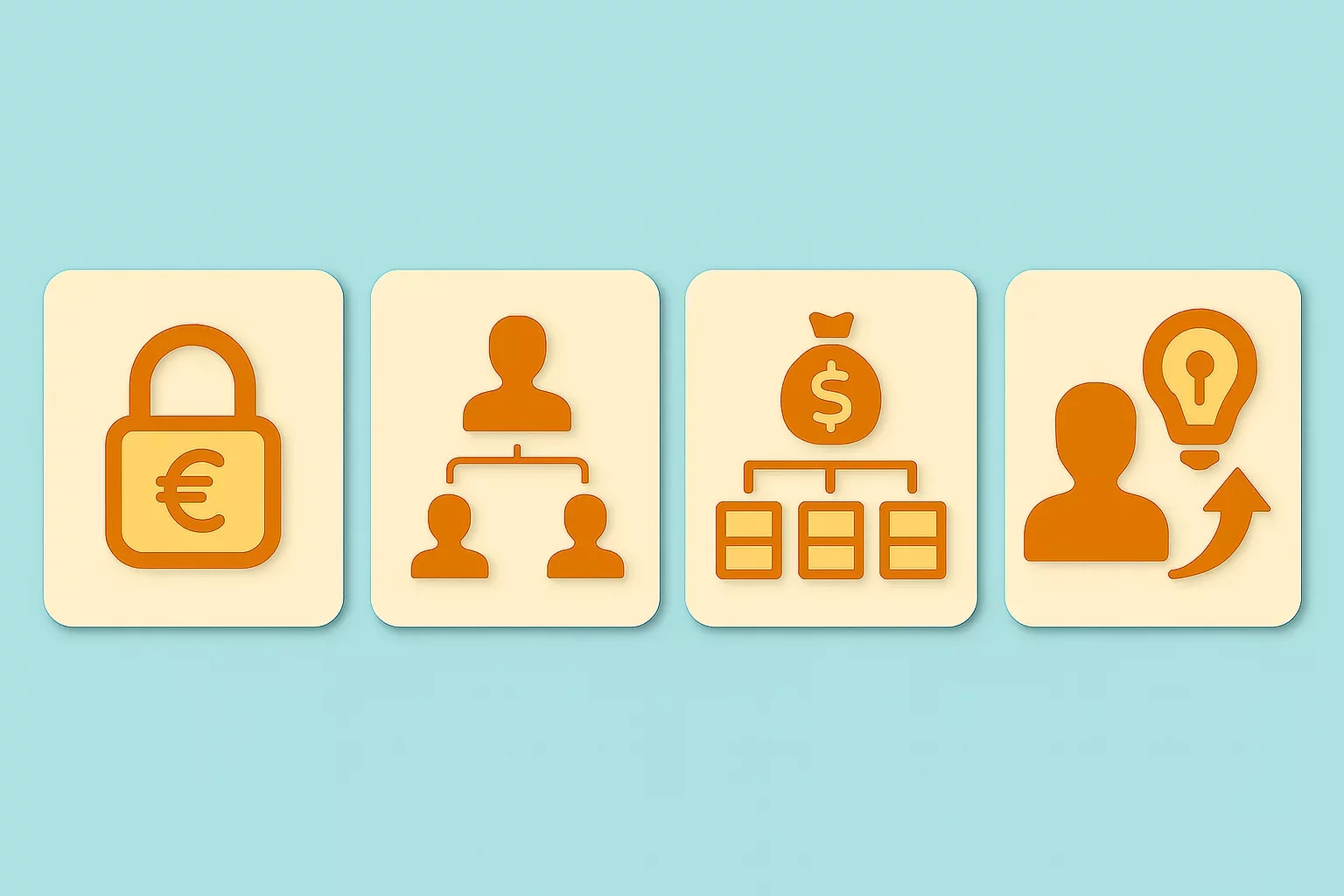
VAT Deduction and Business Succession: When Do Advisory Costs Serve the Company’s Interest?
🕝 December 8, 2025
Europe’s Plastic Fiscal Shift: Why Italy’s Plastic Tax Now Starts in 2027
🕝 December 3, 2025
The Decline of Low-Value Import Exemptions: Closing Gaps in Cross-Border E-Commerce
🕝 November 20, 2025More News from Europe
Get real-time updates and developments from around the world, keeping you informed and prepared.
-e9lcpxl5nq.webp)



-webajrr4ny.webp)
-evibmwdwcn.webp)
-7acdre0hop.webp)
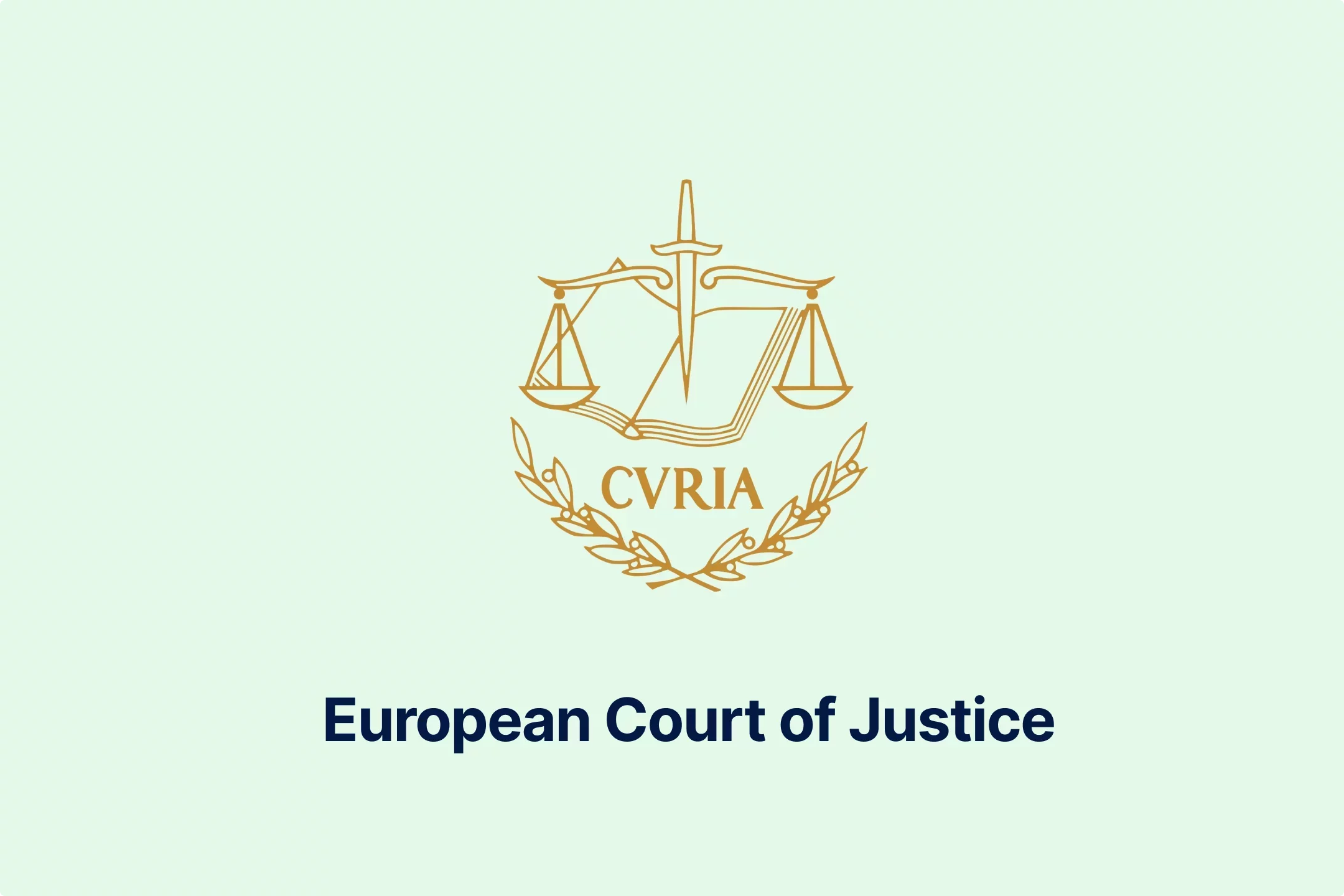
-lcgcyghaer.webp)
-ol6mdkdowg.webp)
-aqdwtmzhkd.webp)

-njgdvdxe2u.webp)
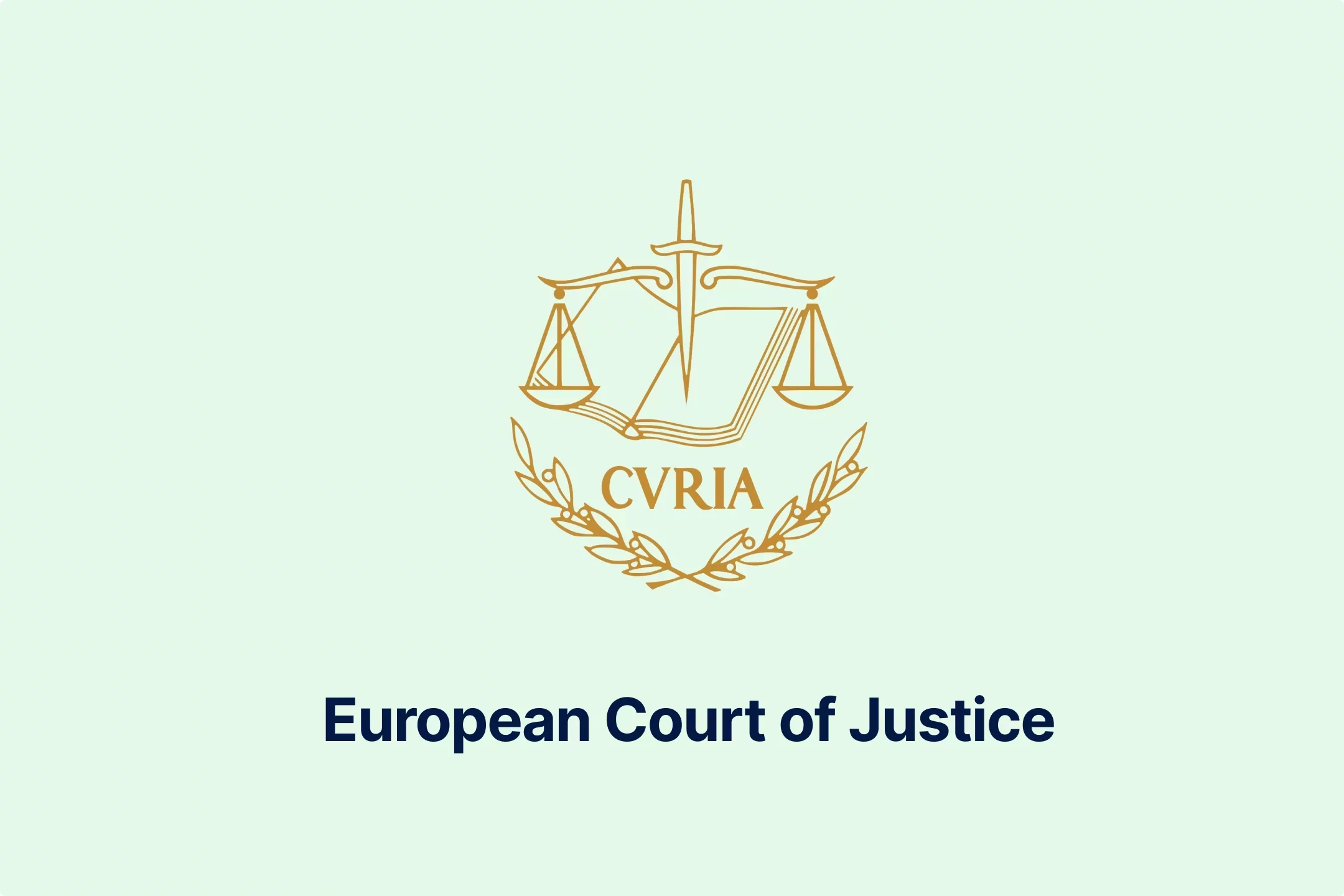
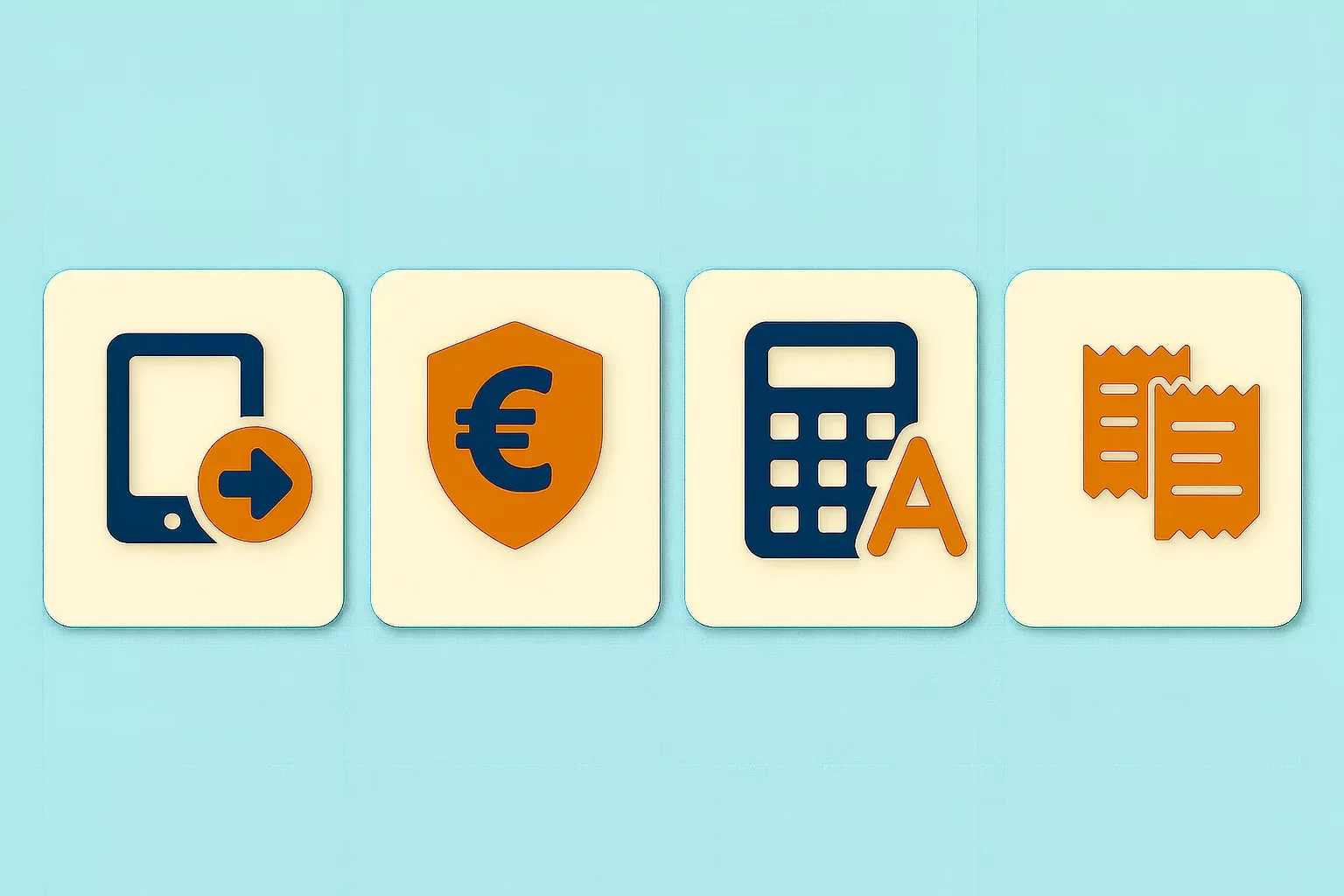

-i6rki3jbad.webp)
-hdwgtama05.webp)
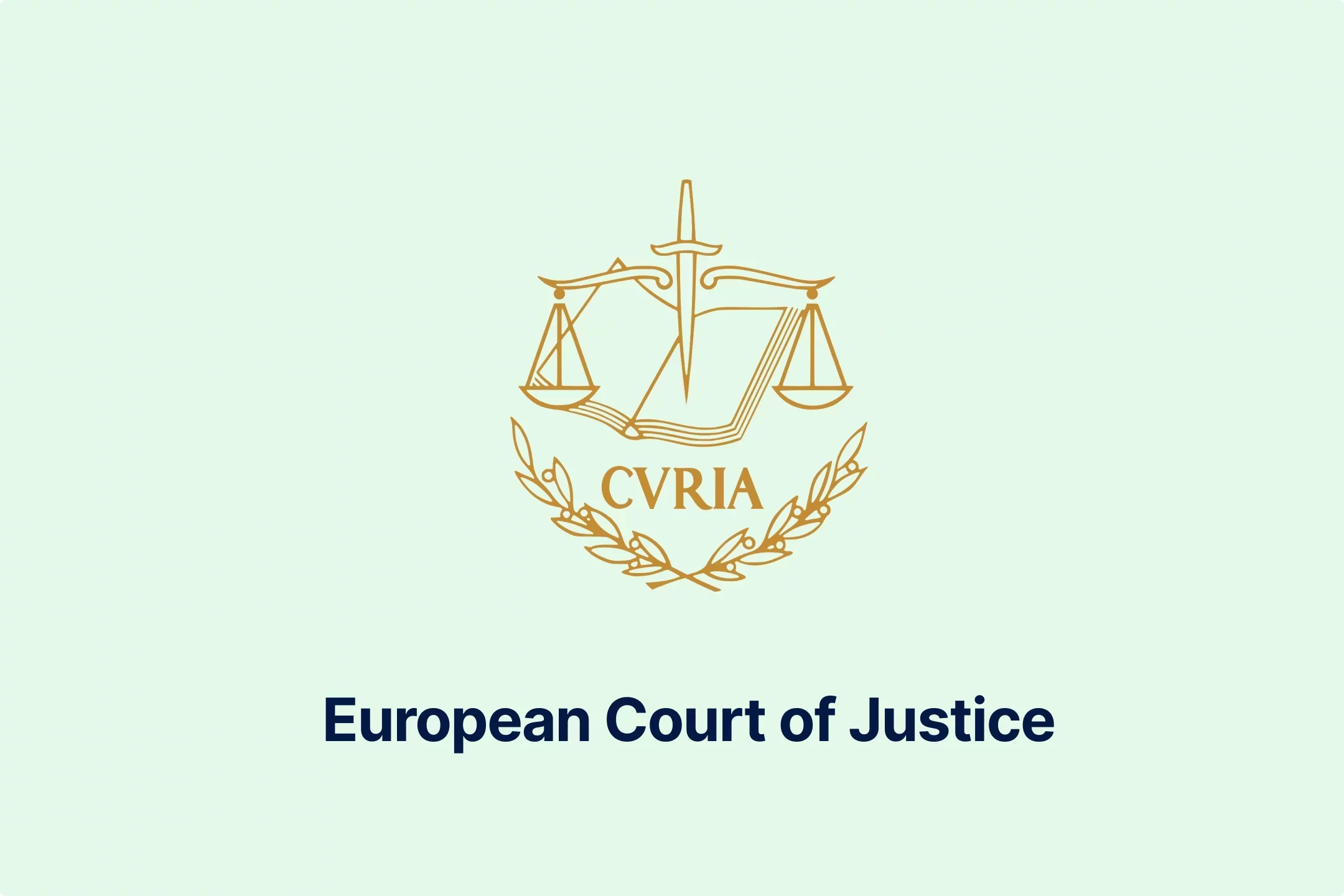
-atbhy5fyxv.webp)
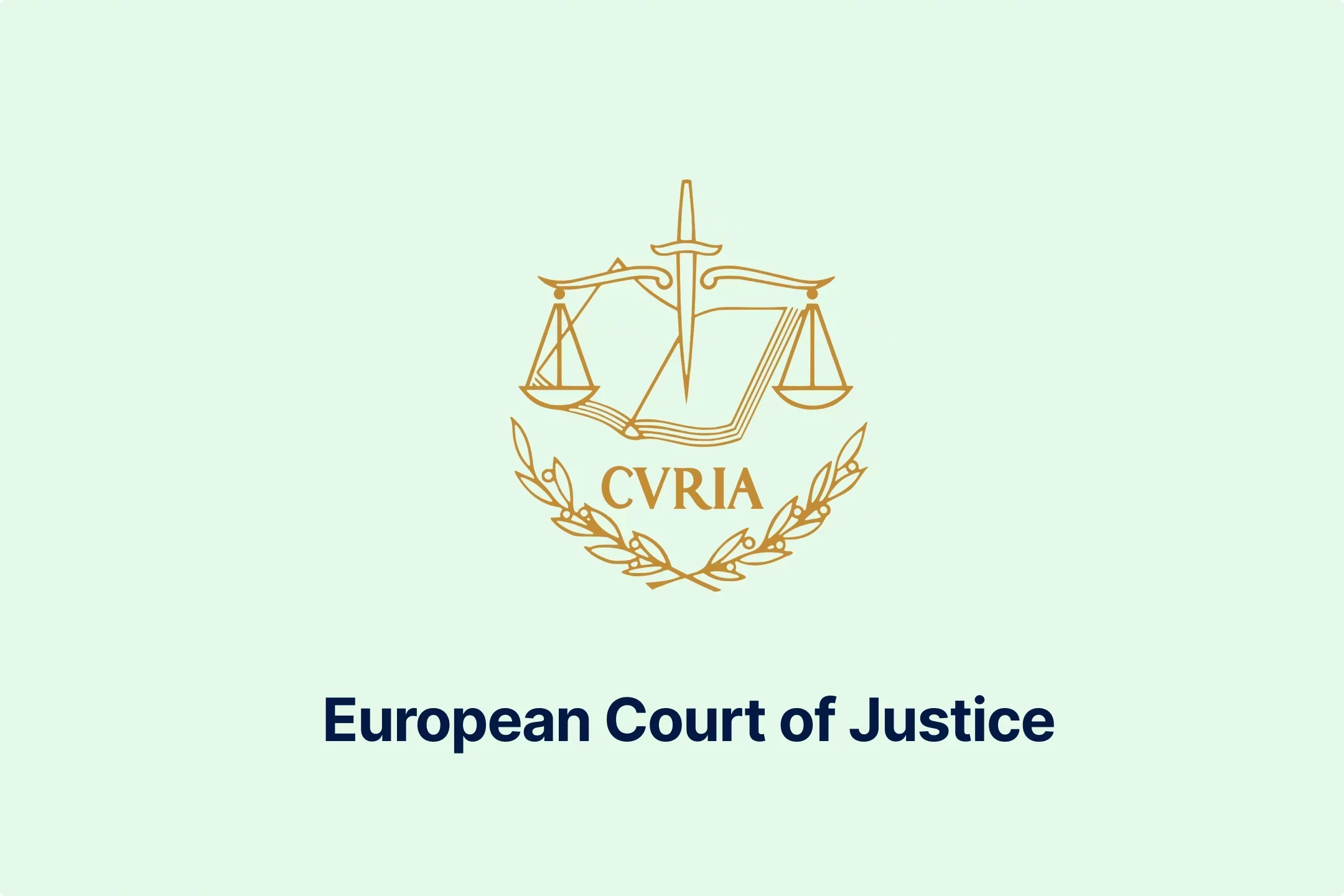
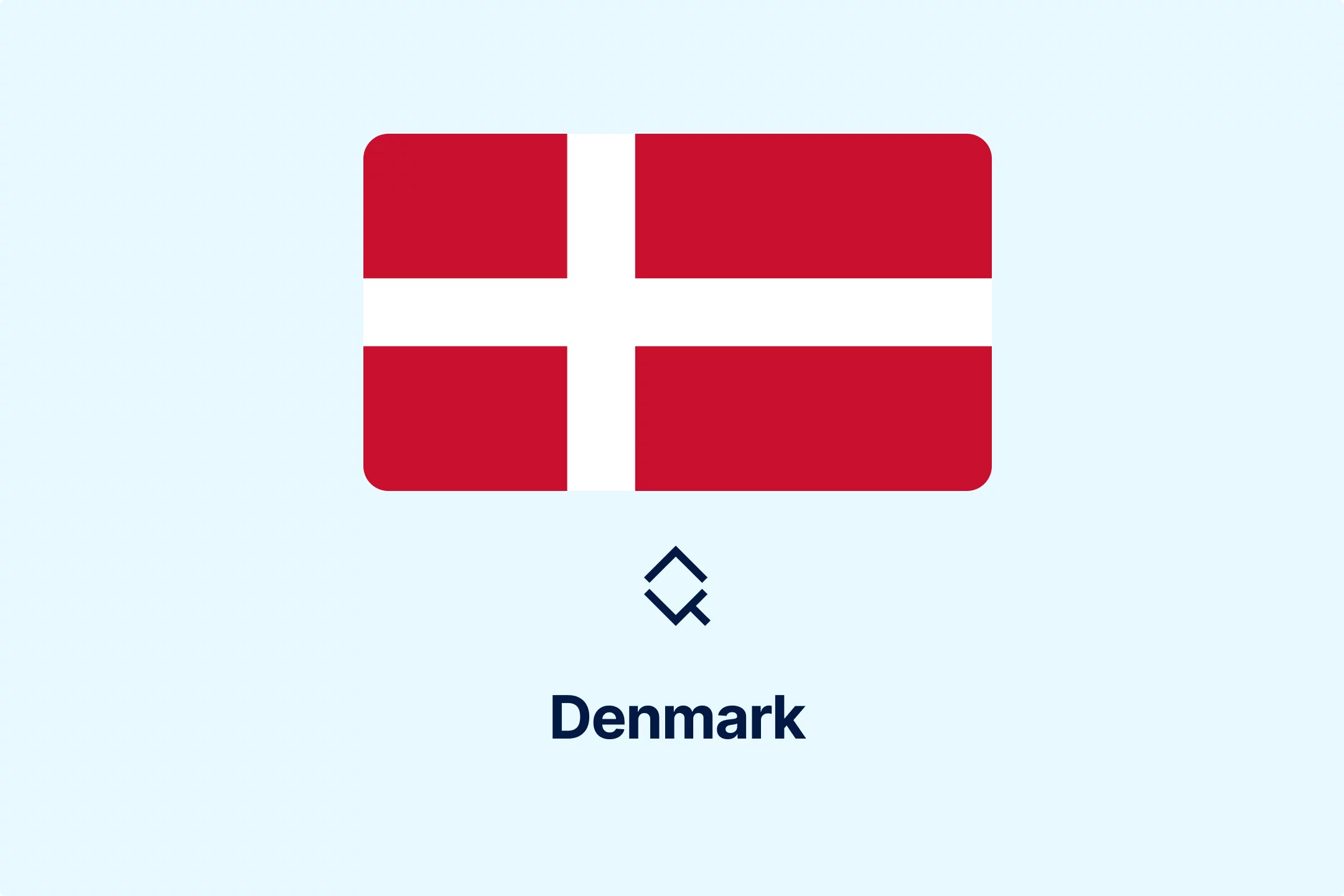

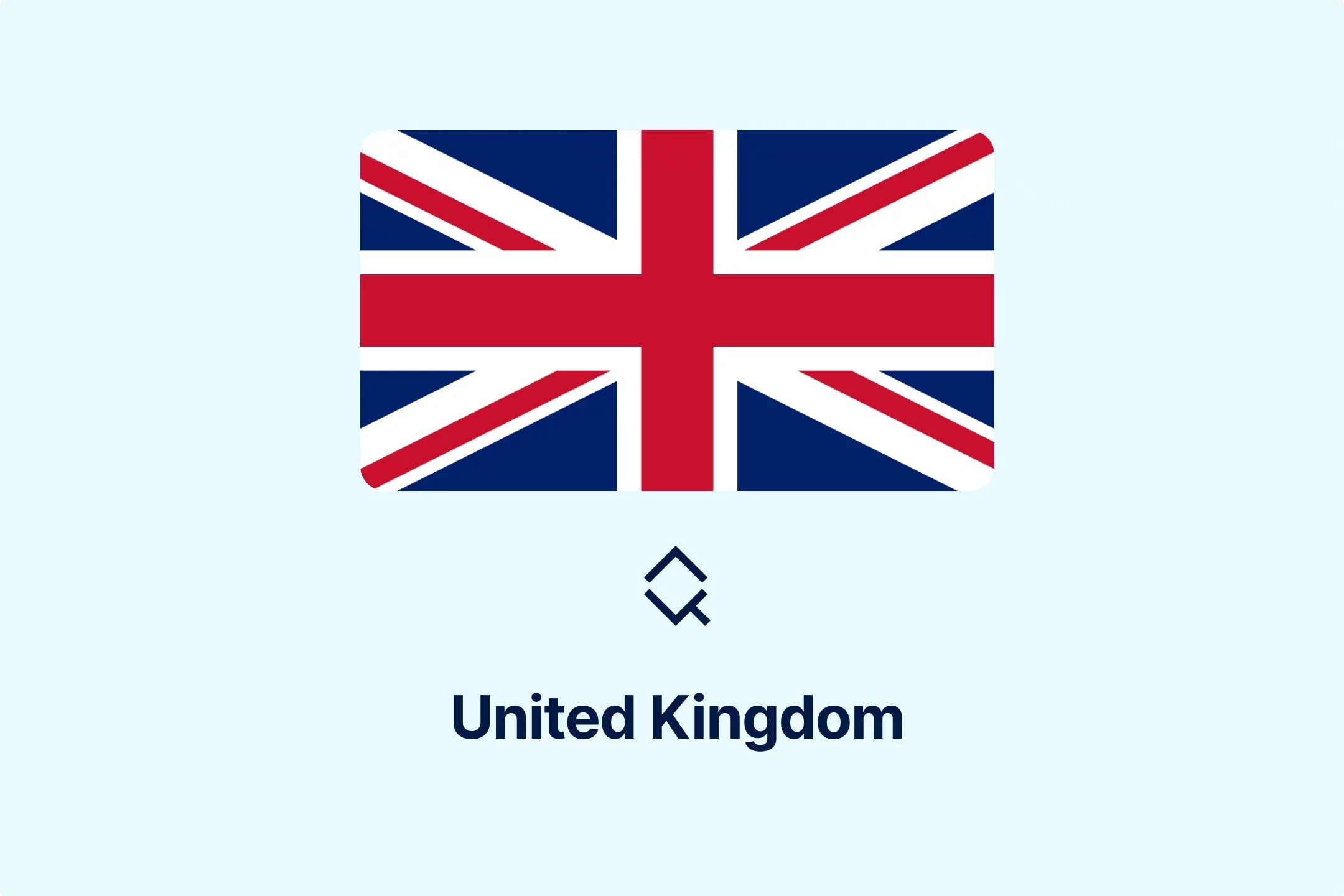
-zp2n6zixoa.webp)
-oa1ynbm4sn.webp)

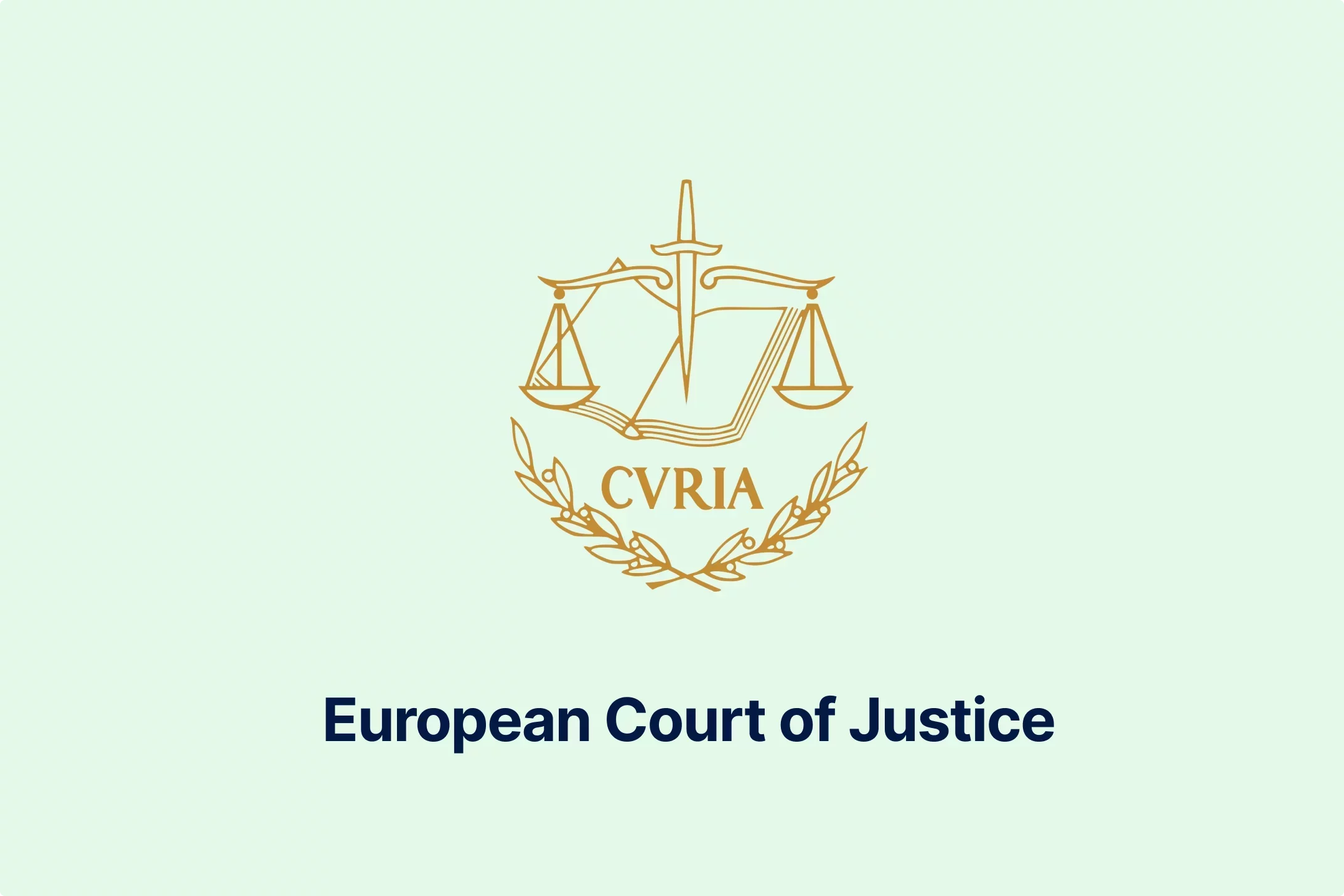
-lltkno6txy.webp)



-do38odrqnq.webp)

-t409oldqzt.webp)
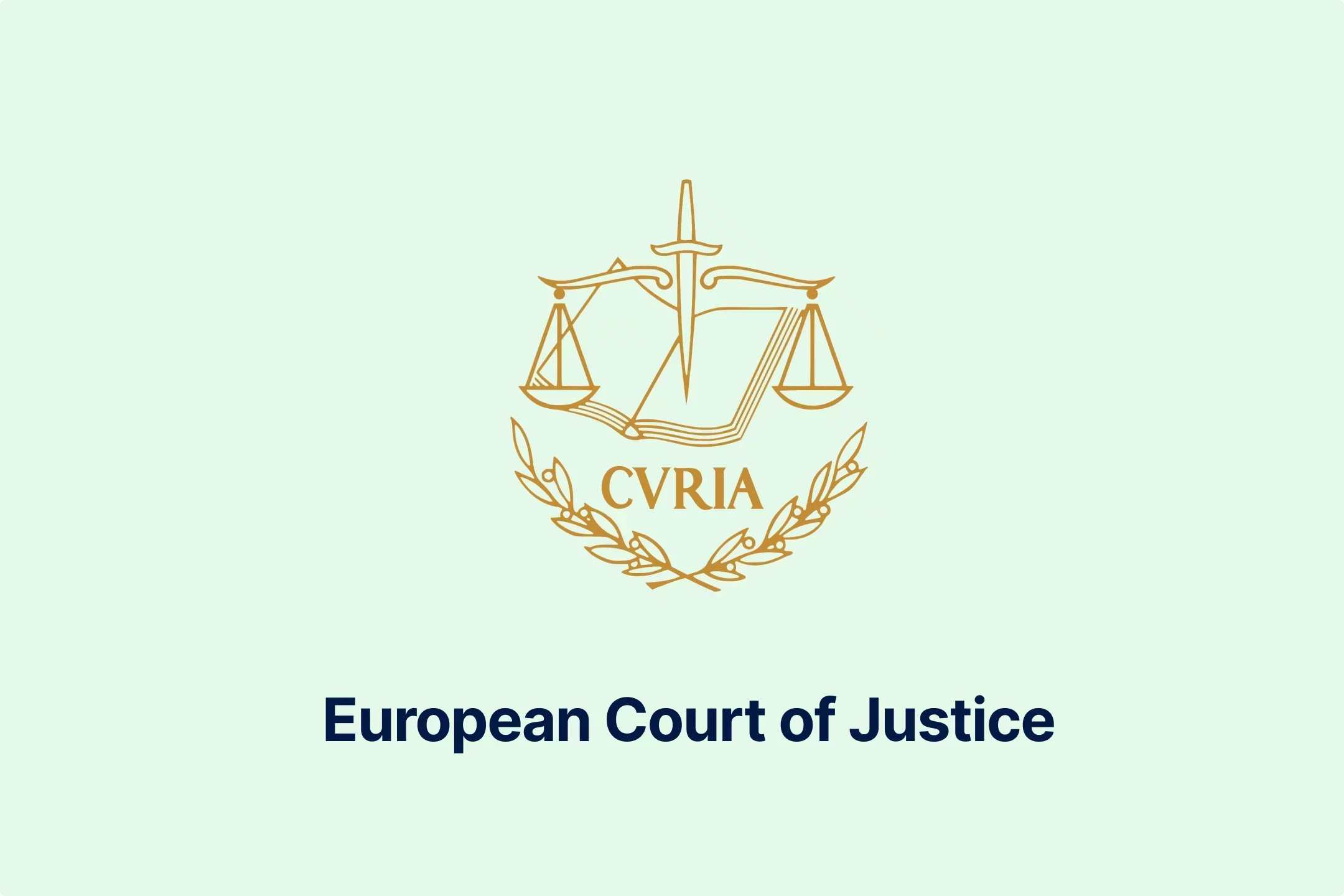
-hordopb6xh.webp)
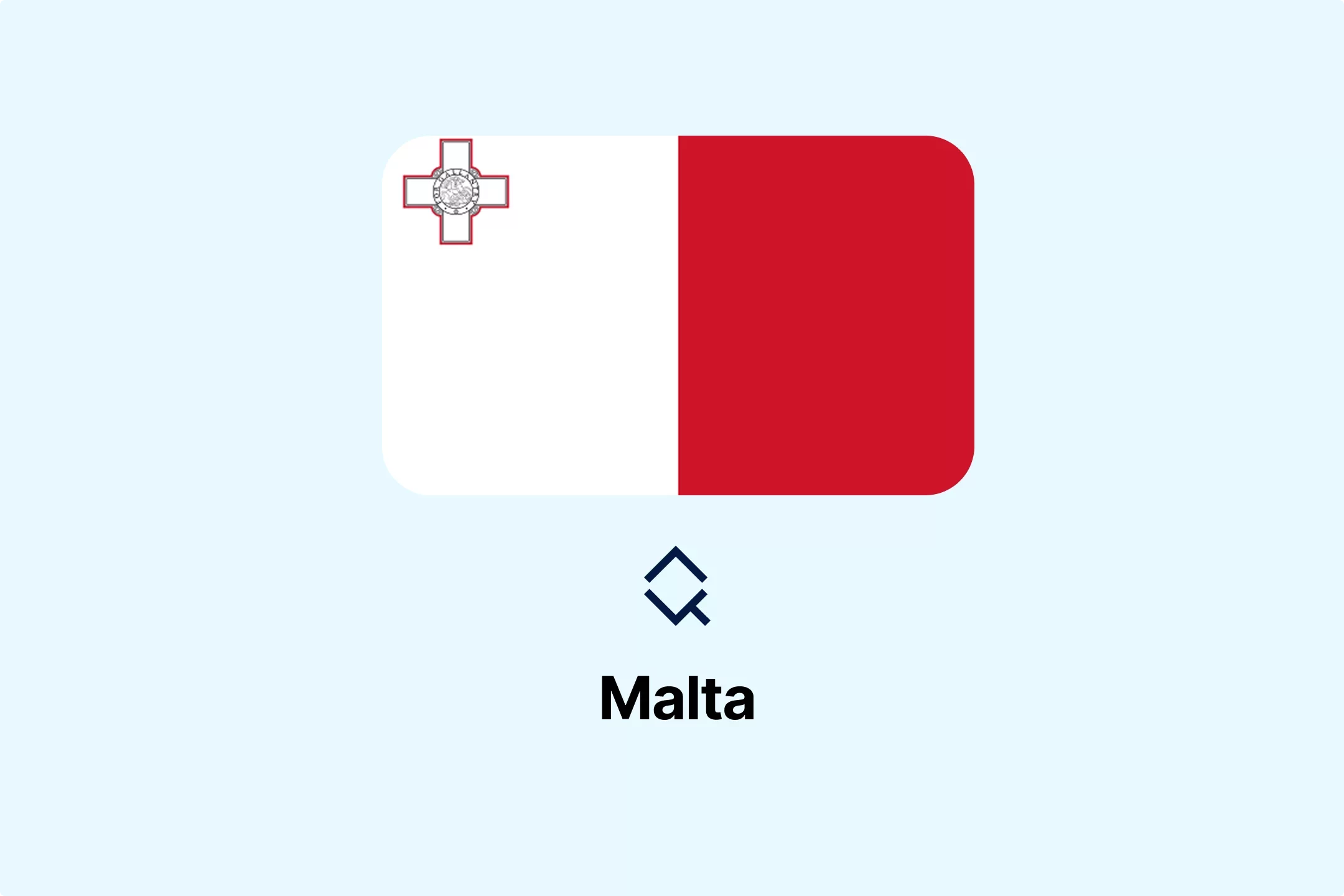
-ooimnrbete.webp)
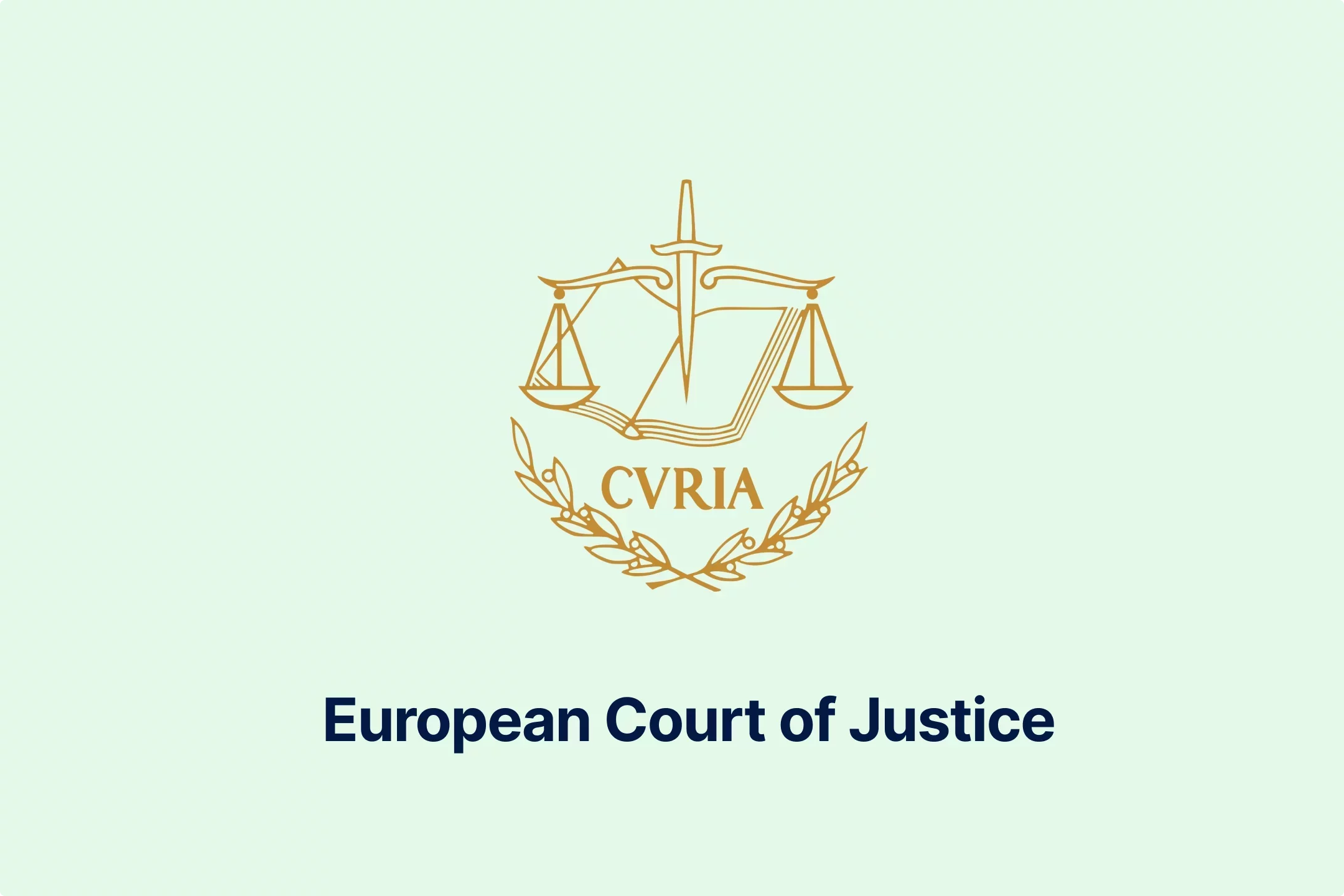
-lwb5qpsily.webp)
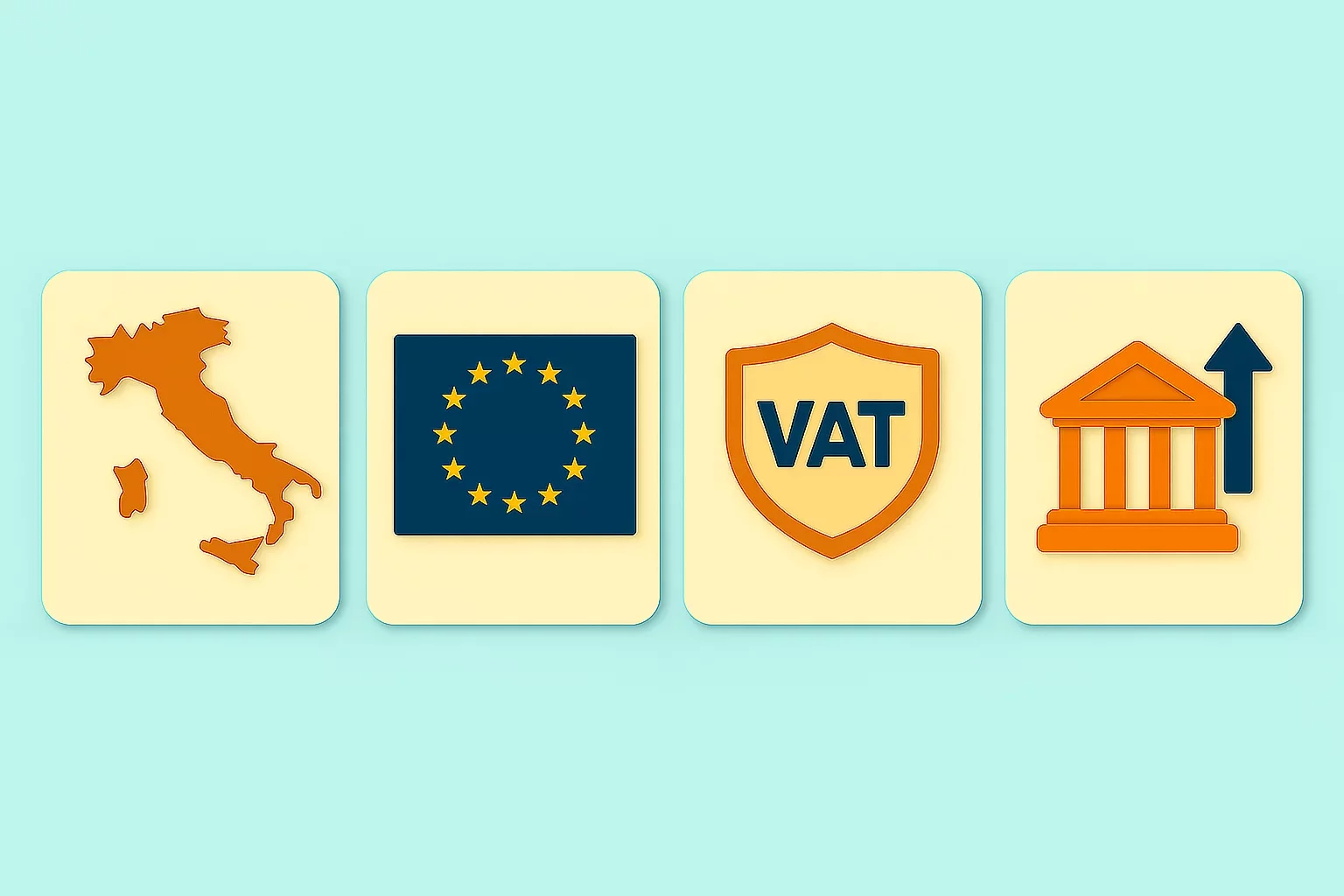
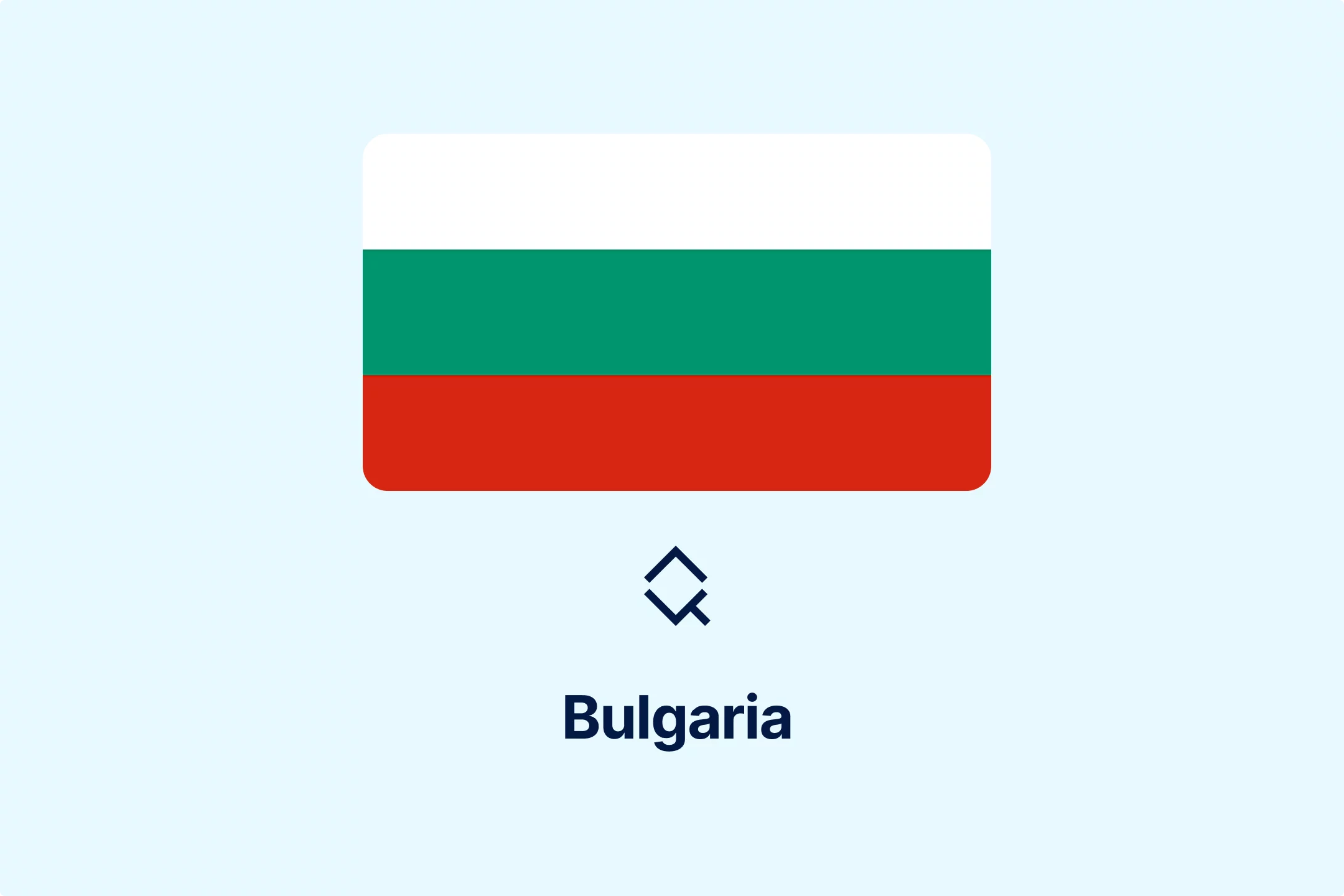
-eumafizrhm.webp)
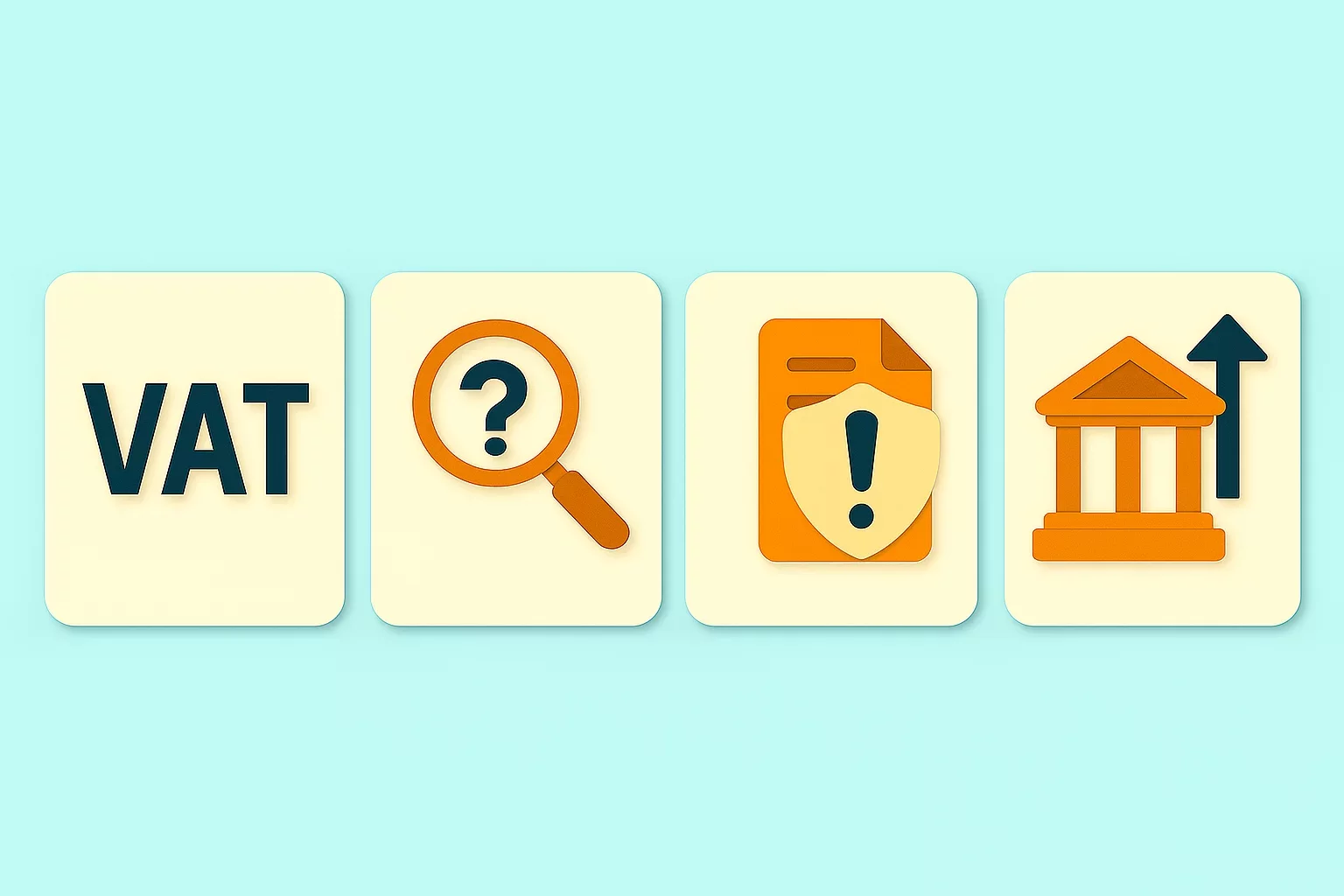
-mtqp3va9gb.webp)

-3ewrn1yvfa.webp)
-591j35flz2.webp)
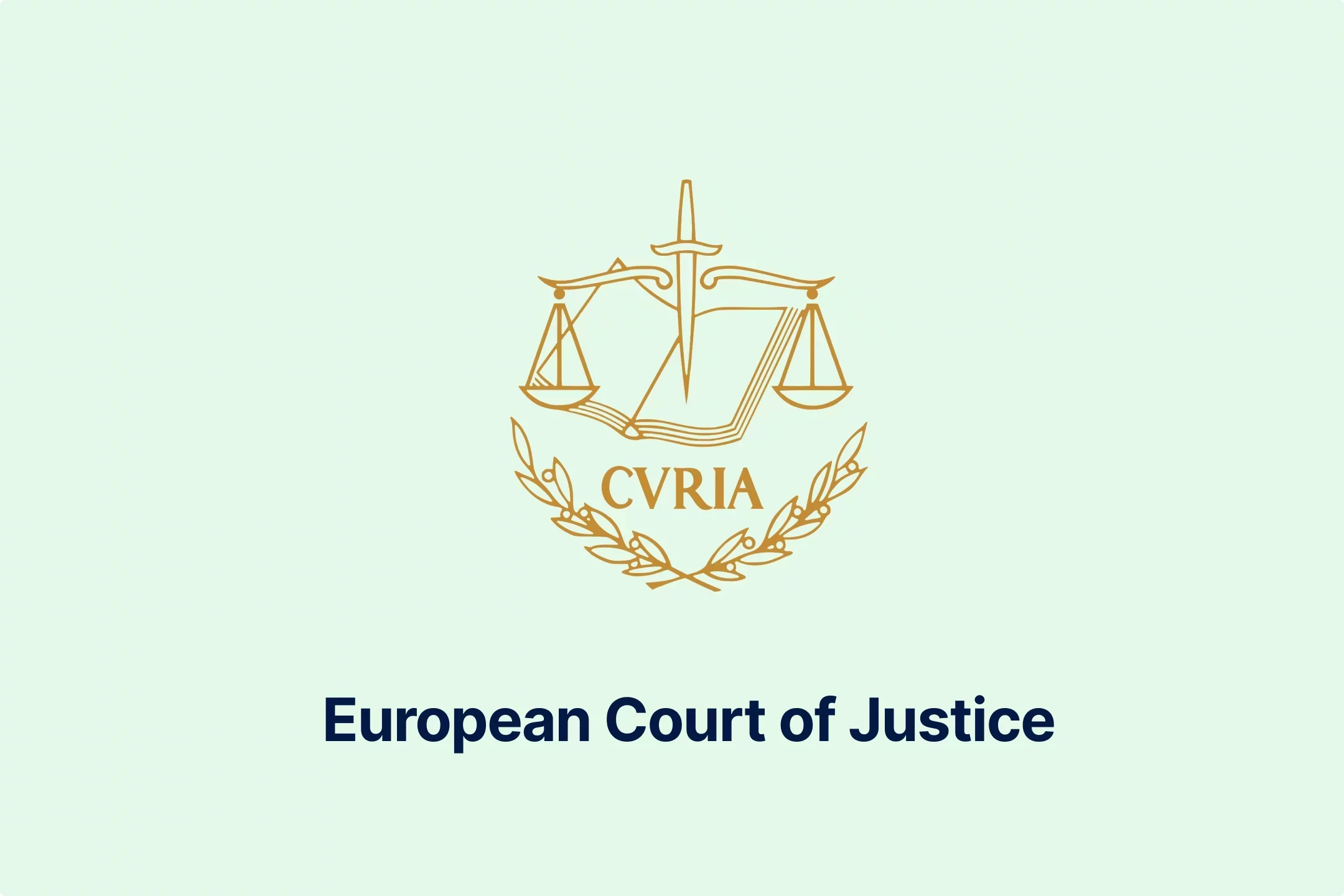
-huj3cam1de.webp)

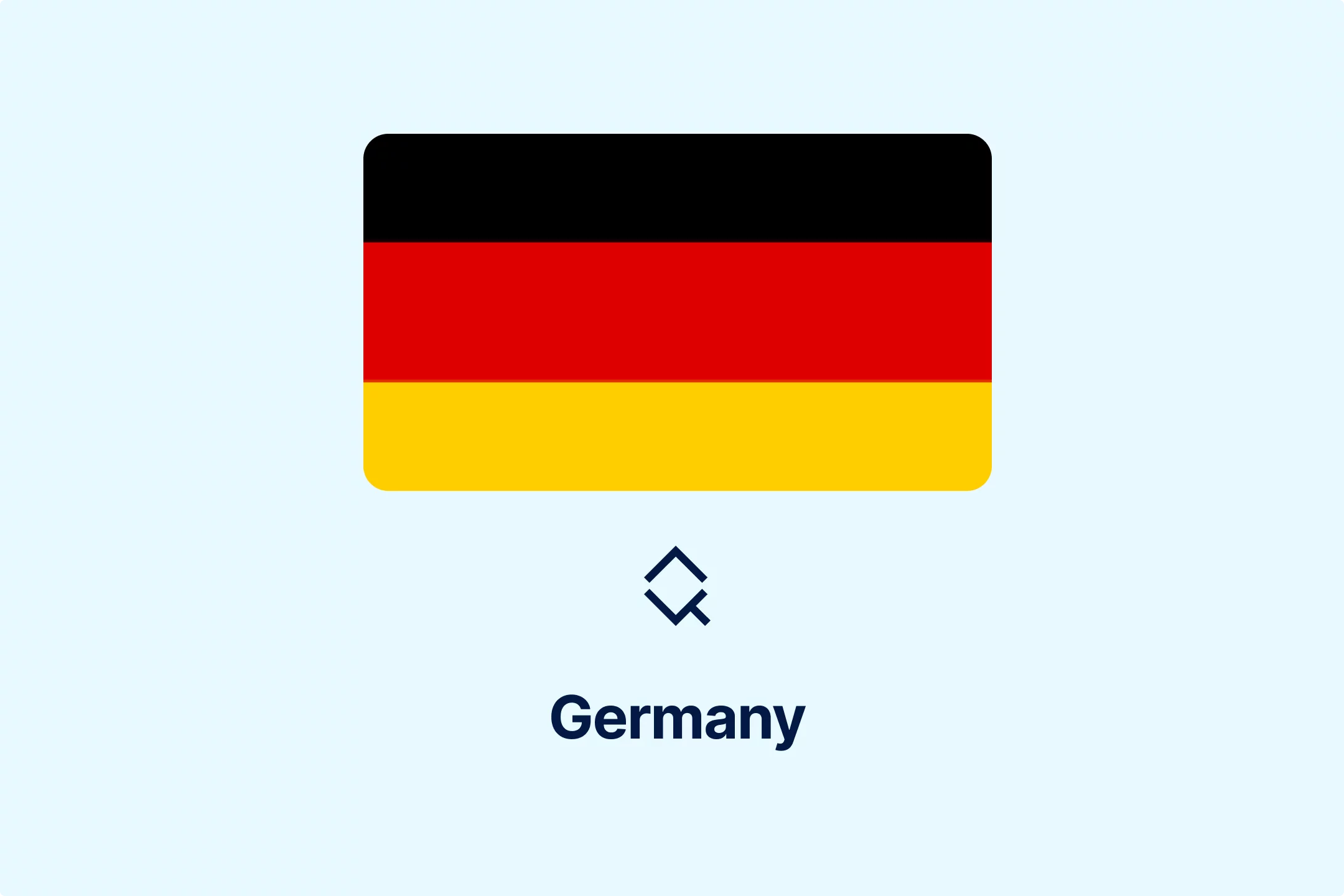
-hafis0ii23.webp)
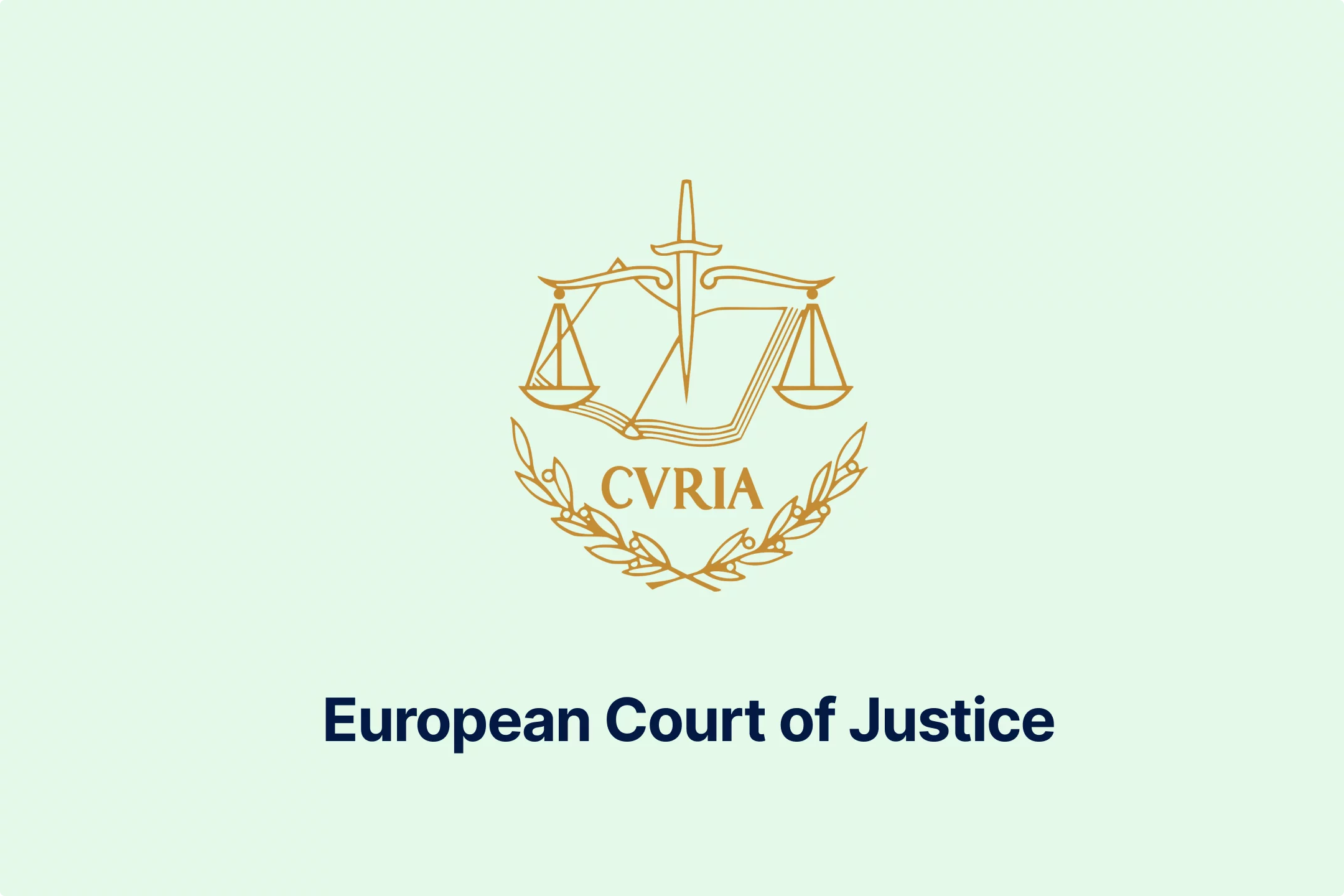
-qseaw5zmcy.webp)
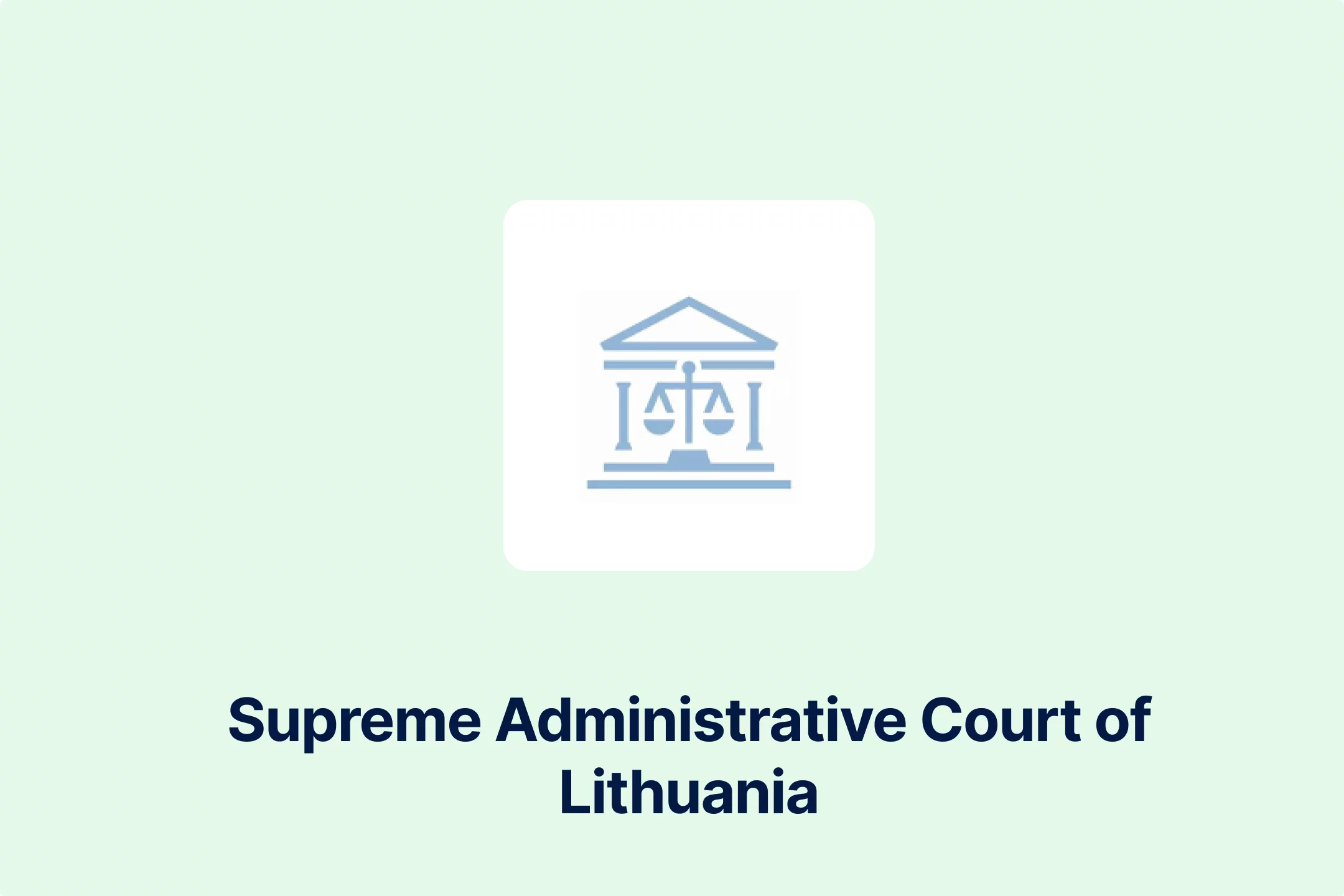
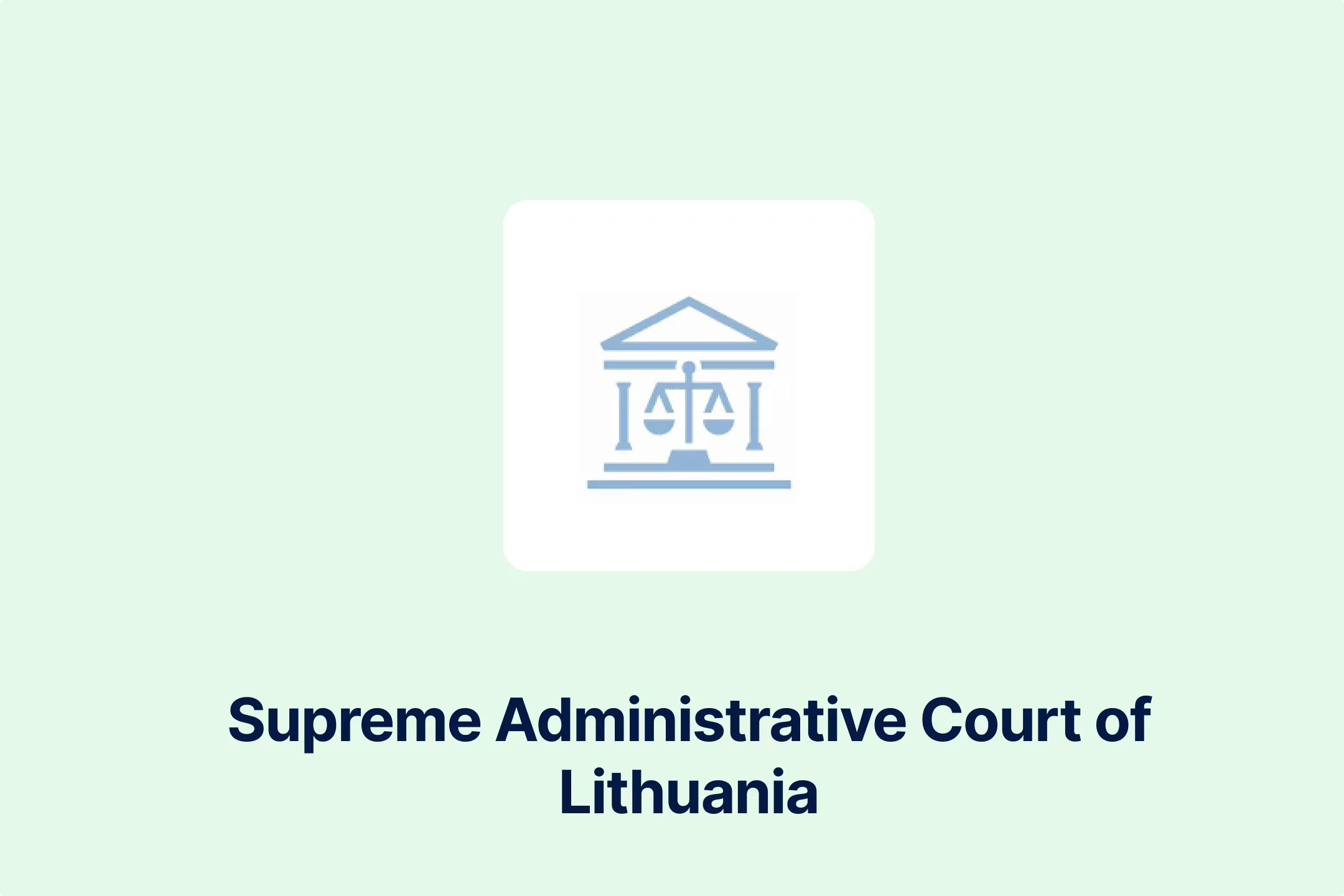

-qzsah2ifqx.webp)
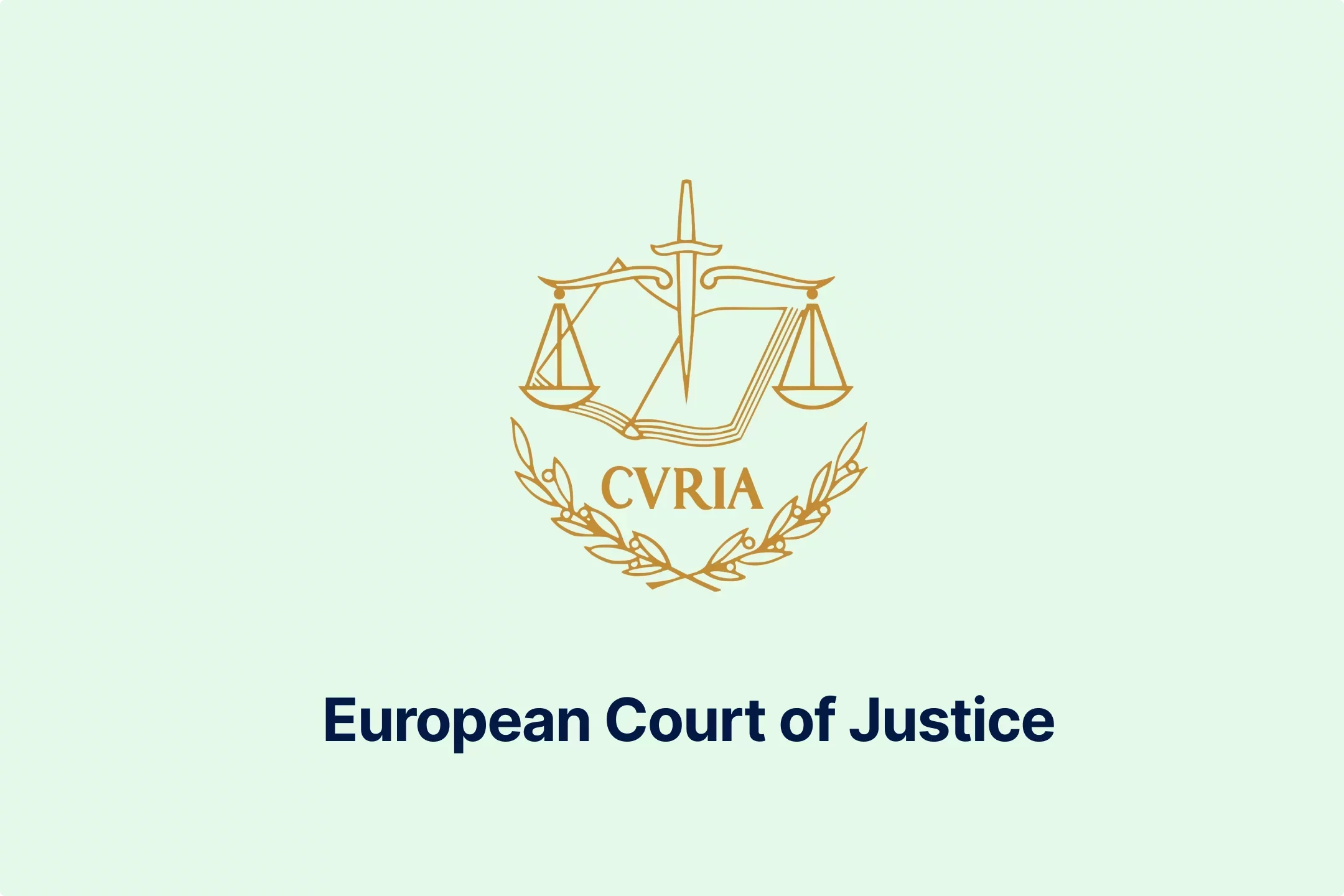

-69rzooghib.webp)
-wrvng98m0g.webp)
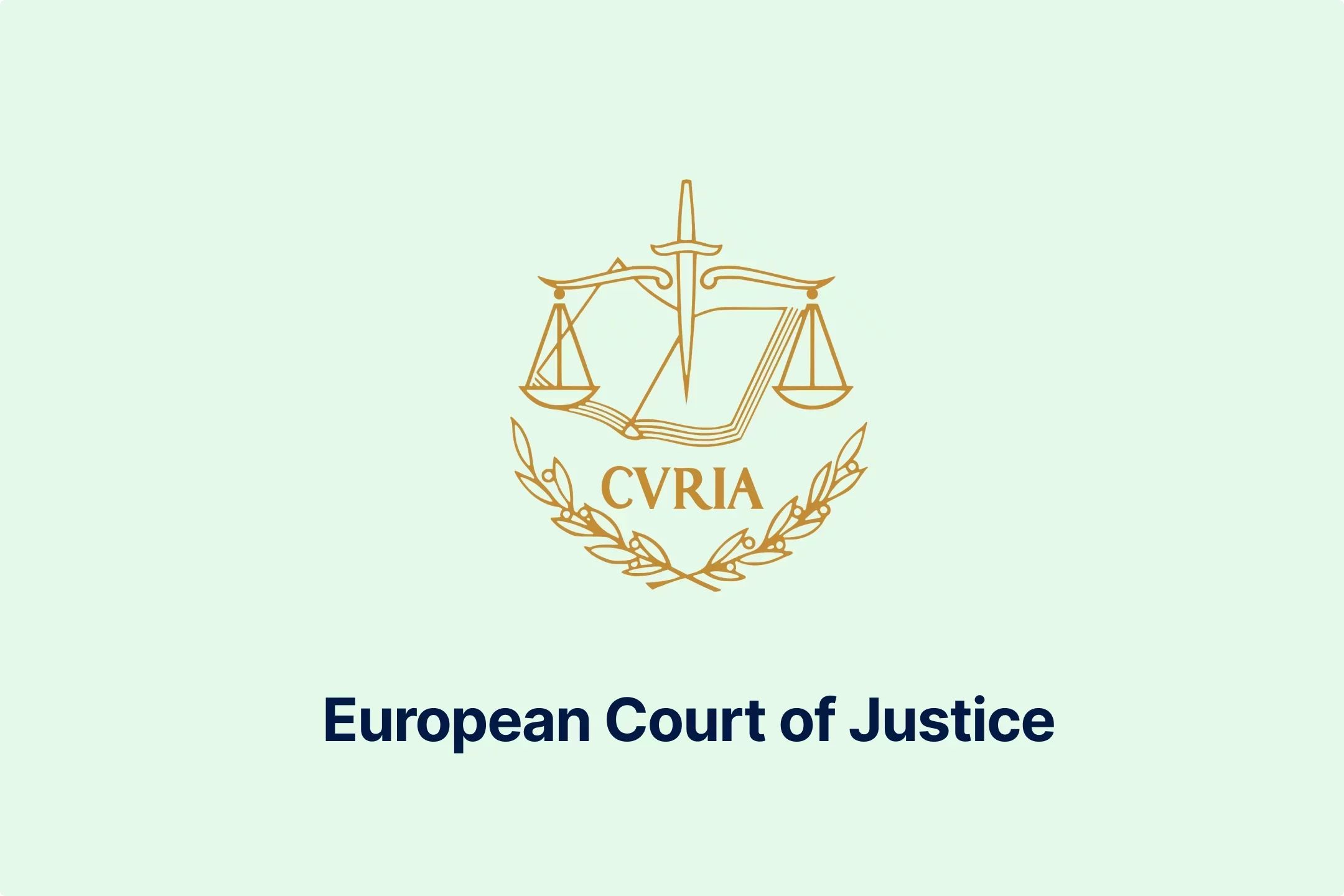

-psucycuxh2.webp)
-klyo8bn5lc.webp)




-6wv5h5eyyd.webp)
-tfgg78rbid.webp)
-a6jpv9ny8v.webp)
-qhdbapy0qr.webp)
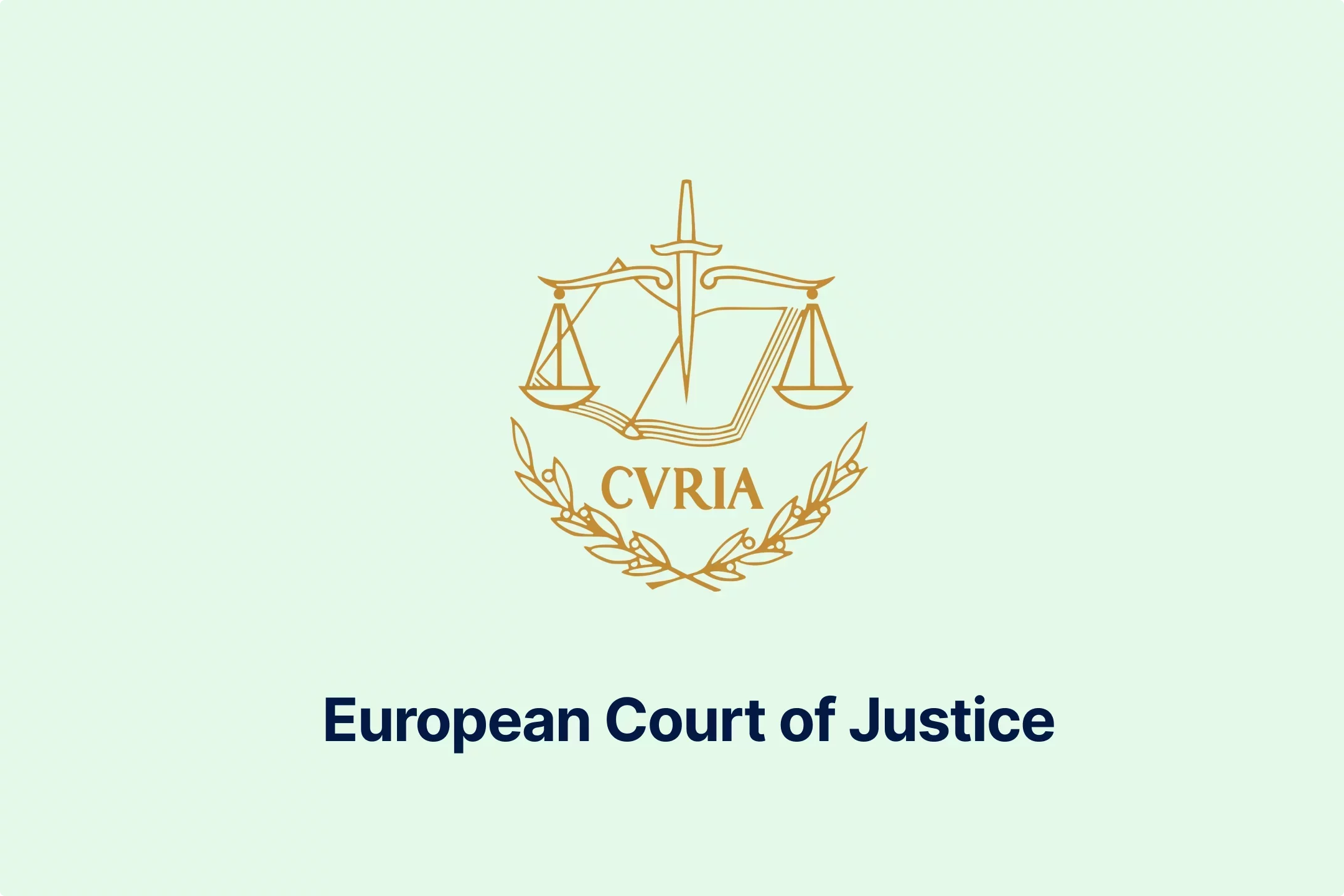
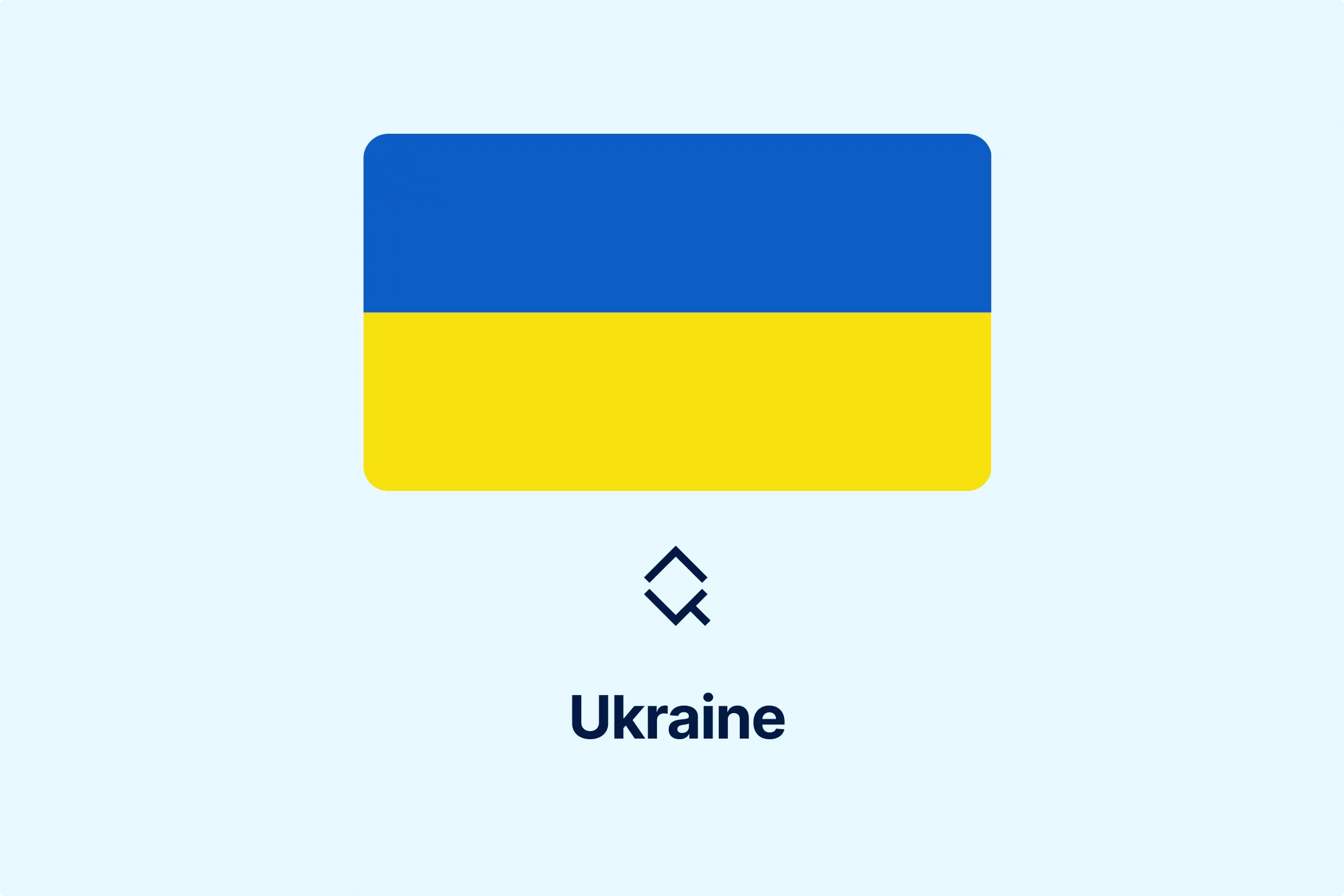
-owvu7zoc13.webp)
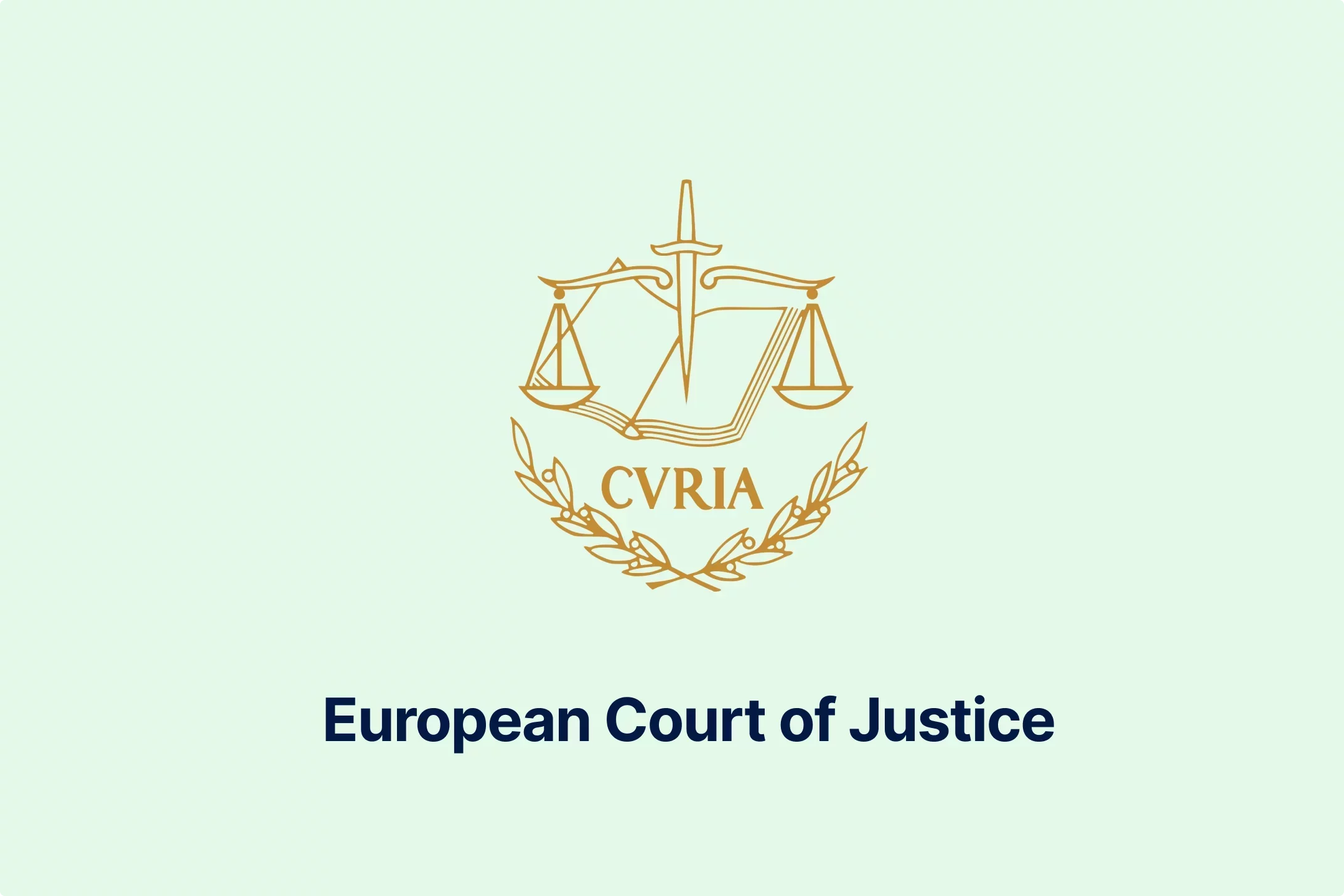

-h28jrh1ukm.webp)
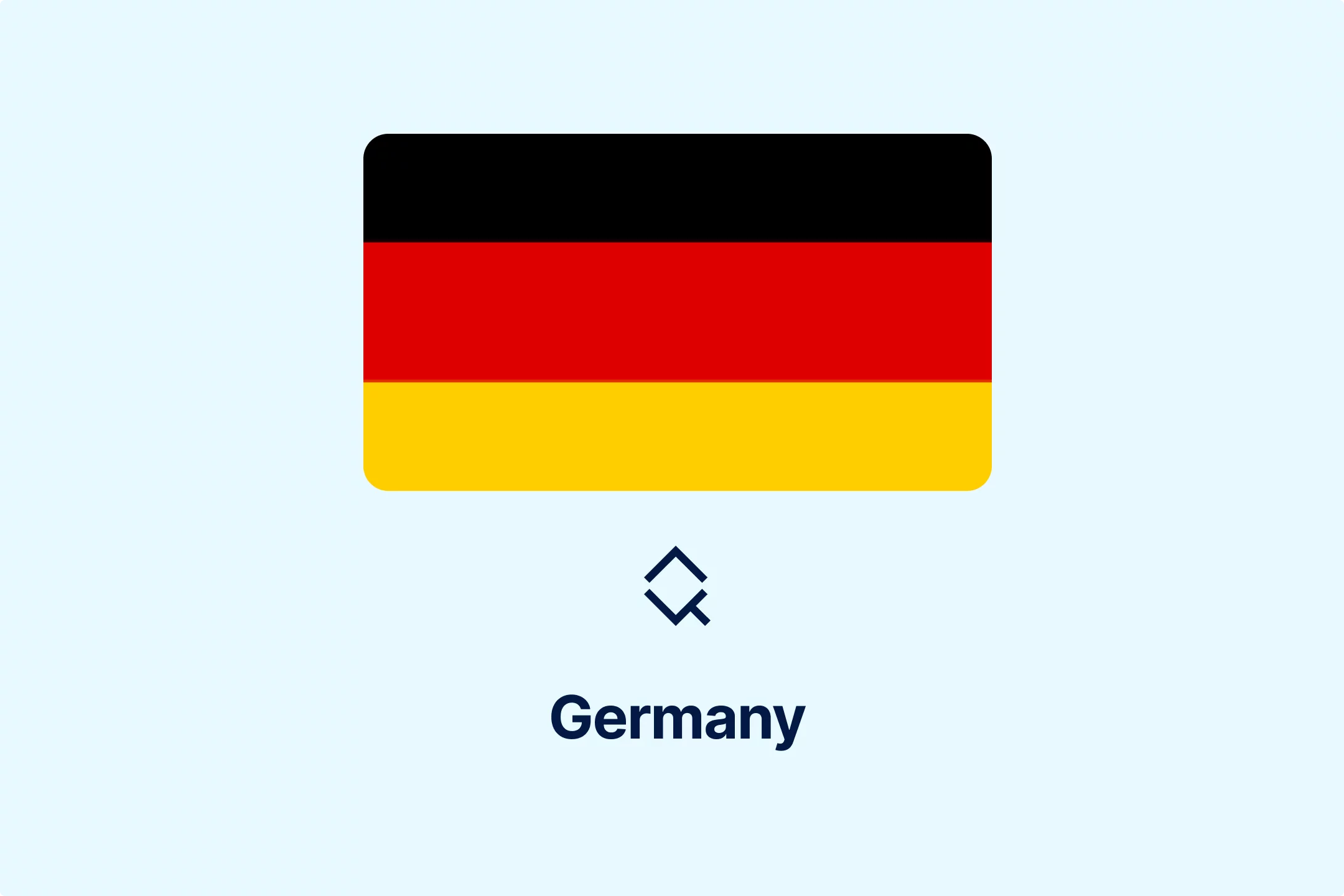
-wl9bl1rw3a.webp)
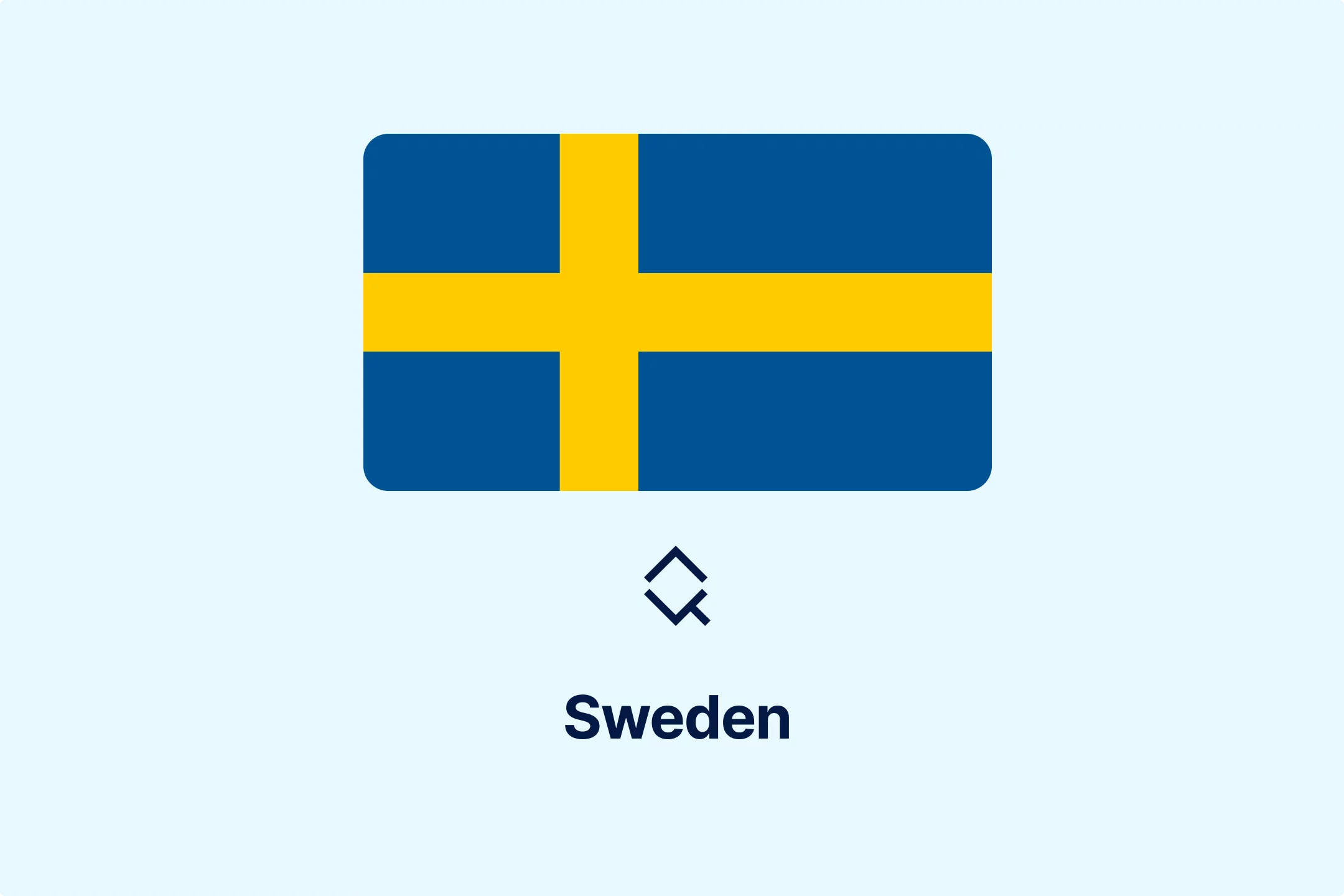
-2w76jtvtuk.webp)
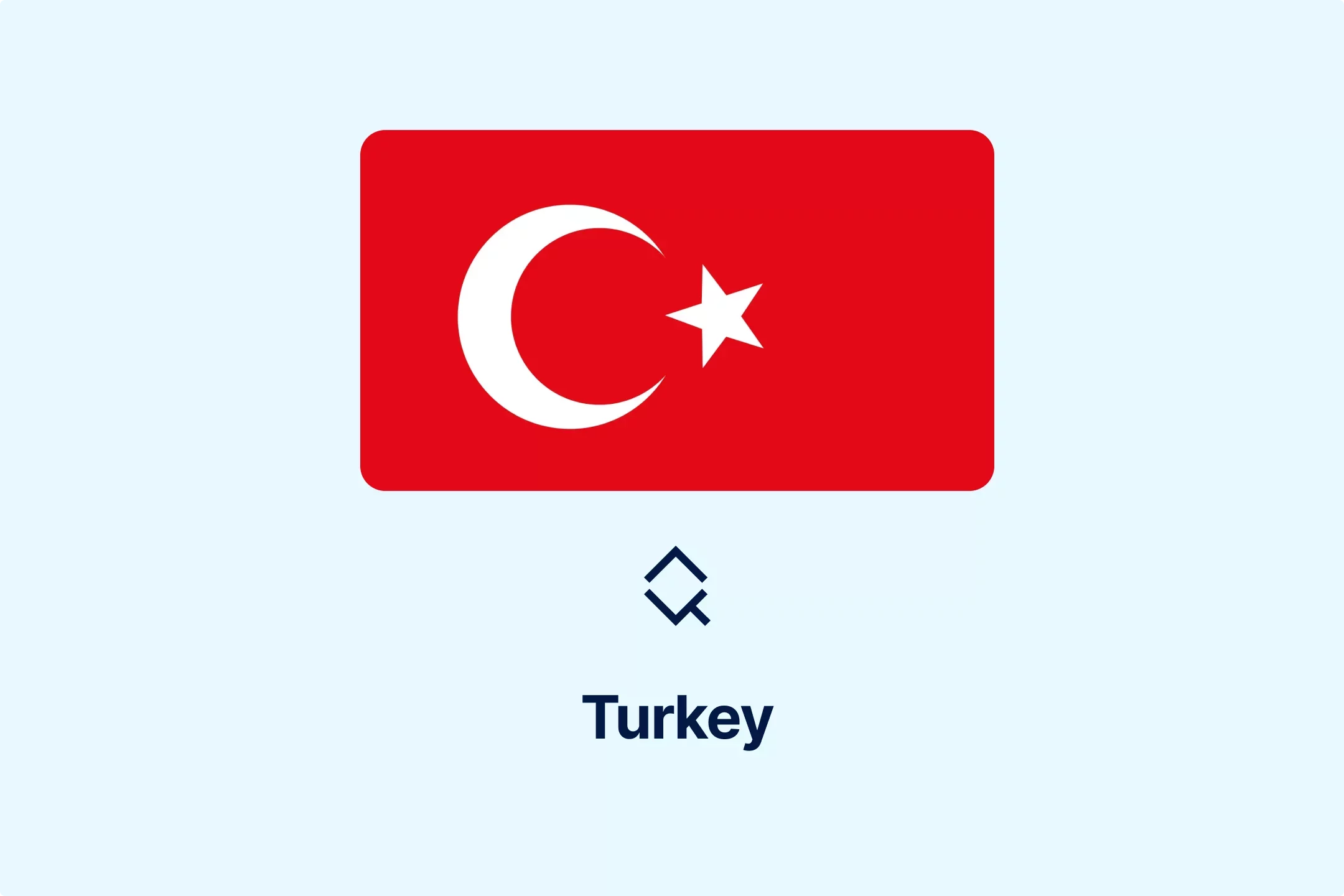
-c0uvrmrq9j.webp)

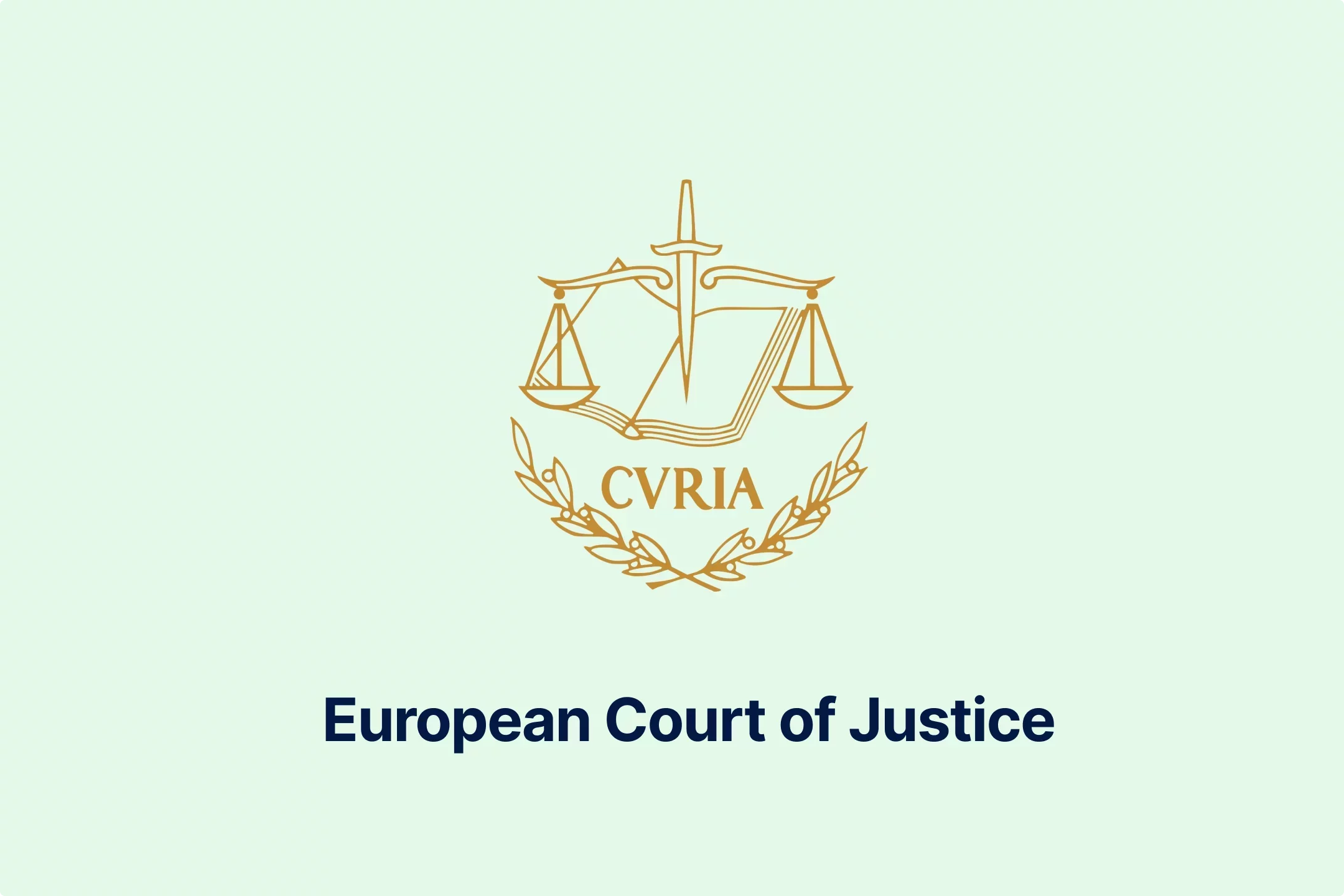

-pofe7ucwz3.webp)
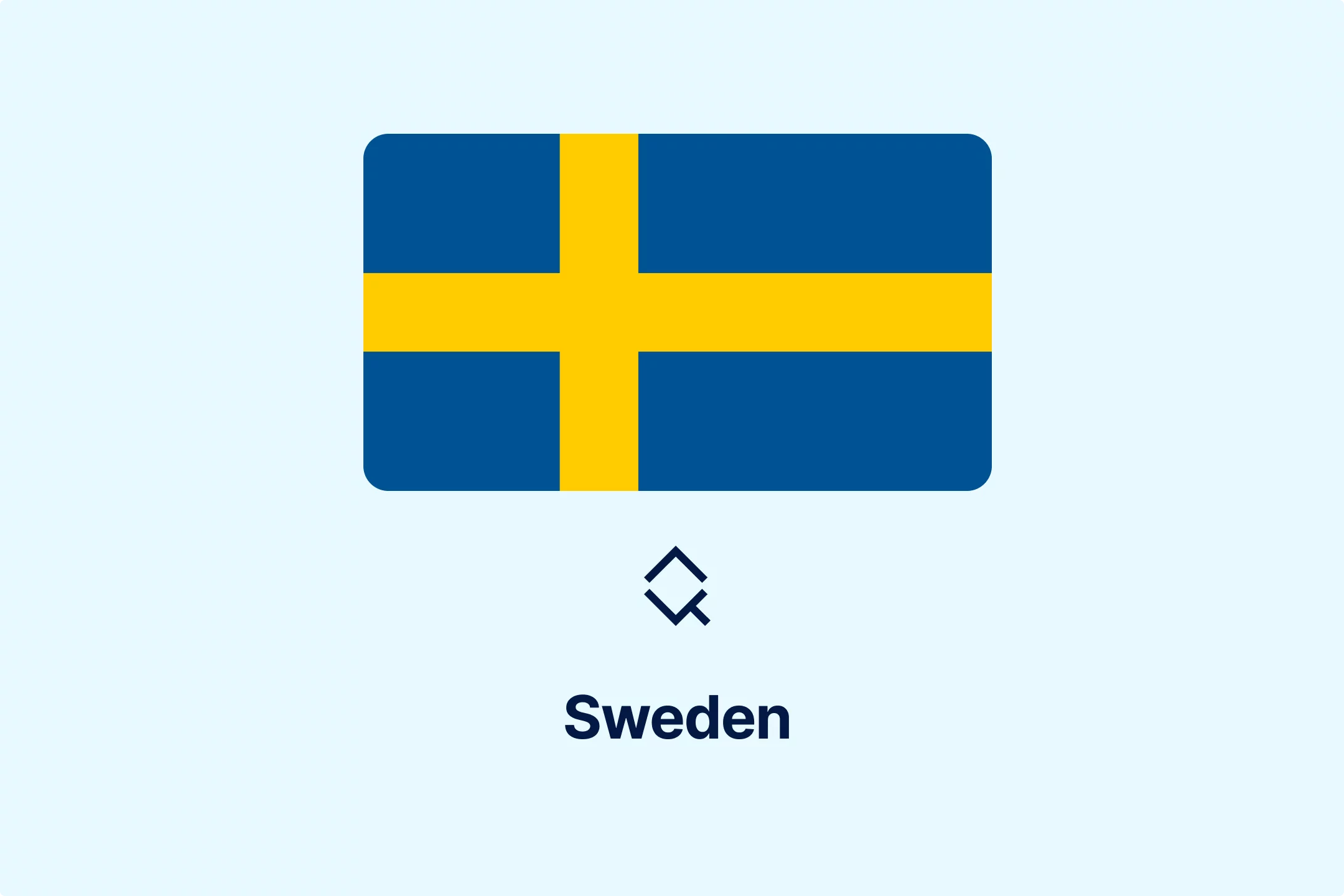

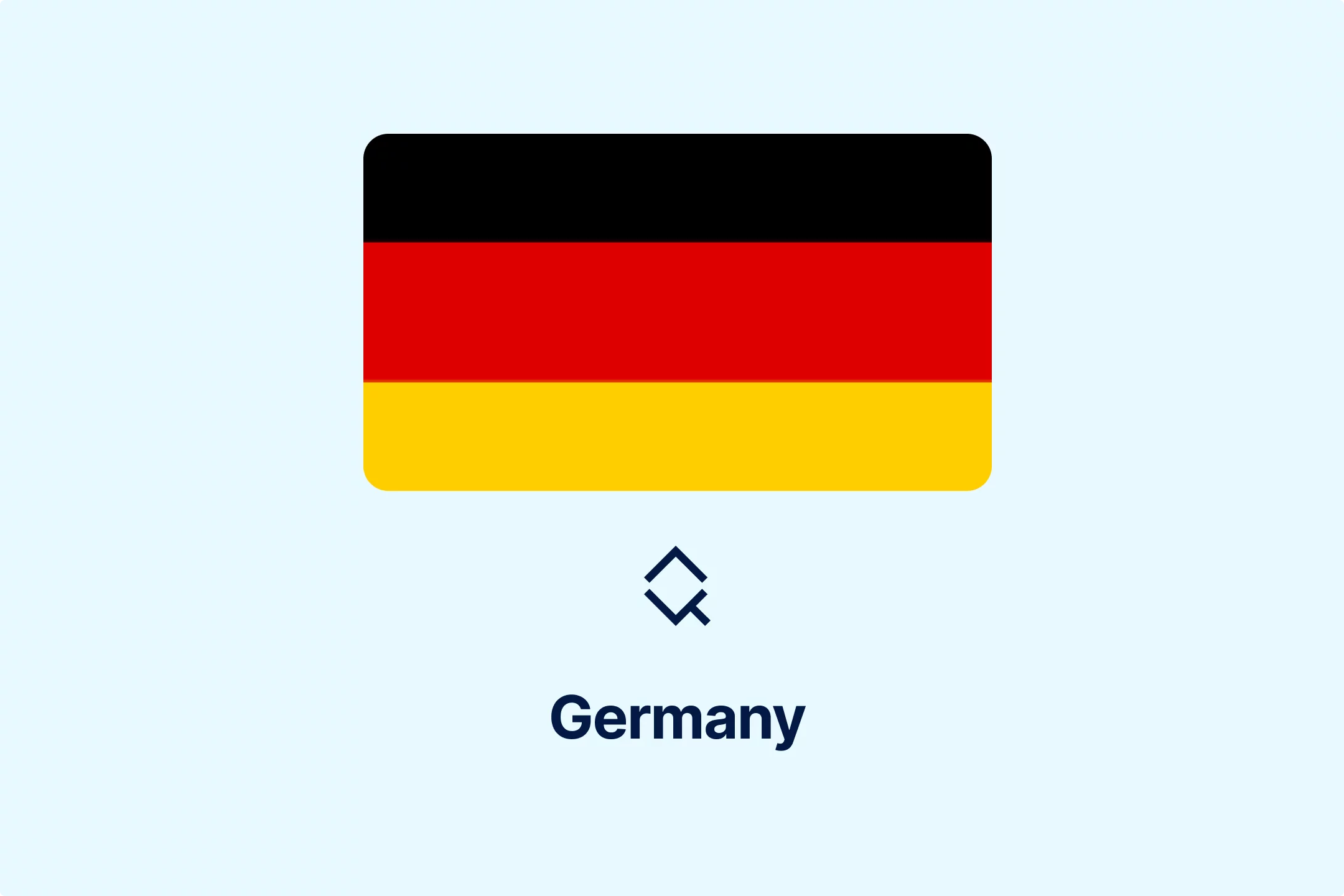
-5cc23ezxyf.webp)
-rrmabbekeb.webp)
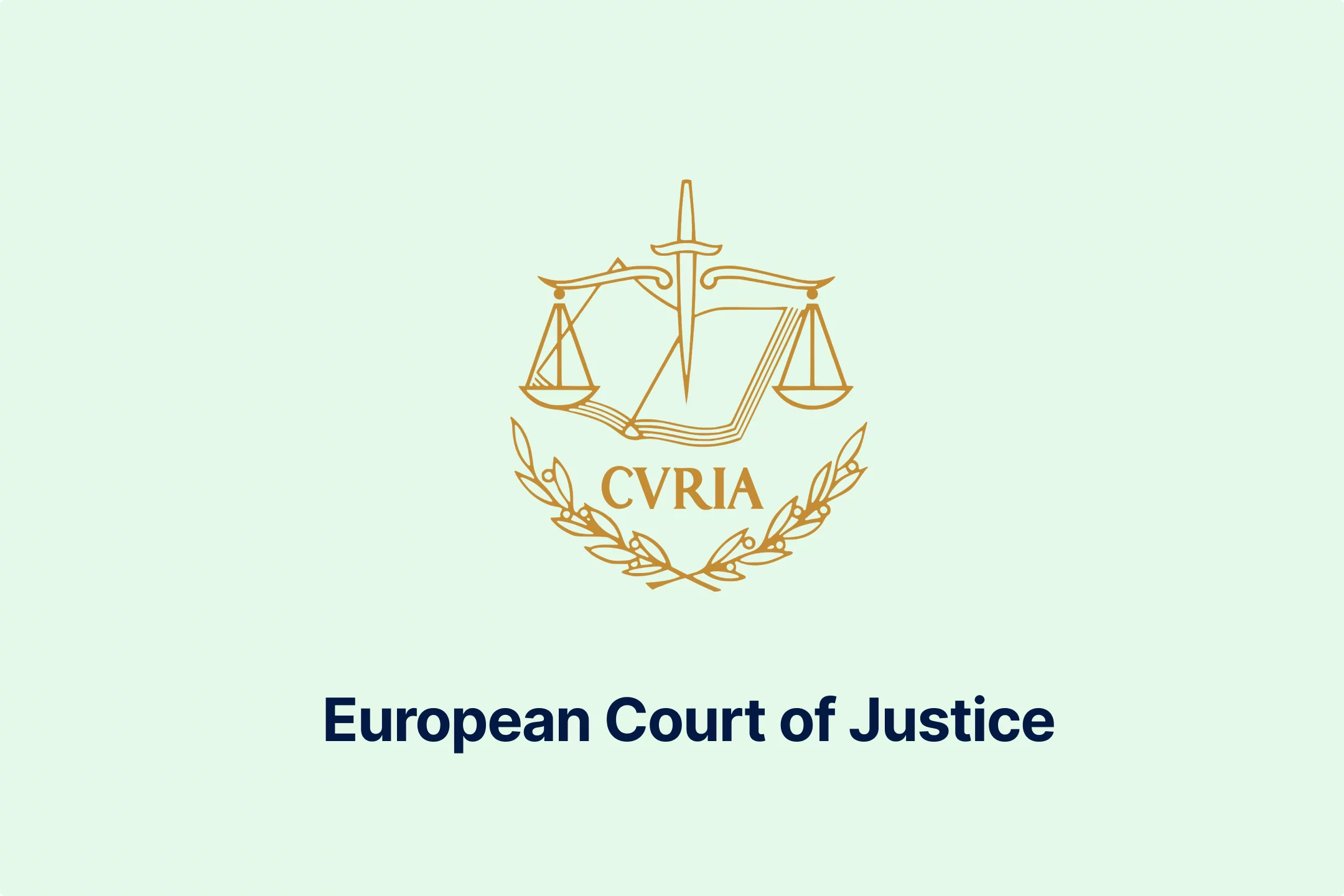
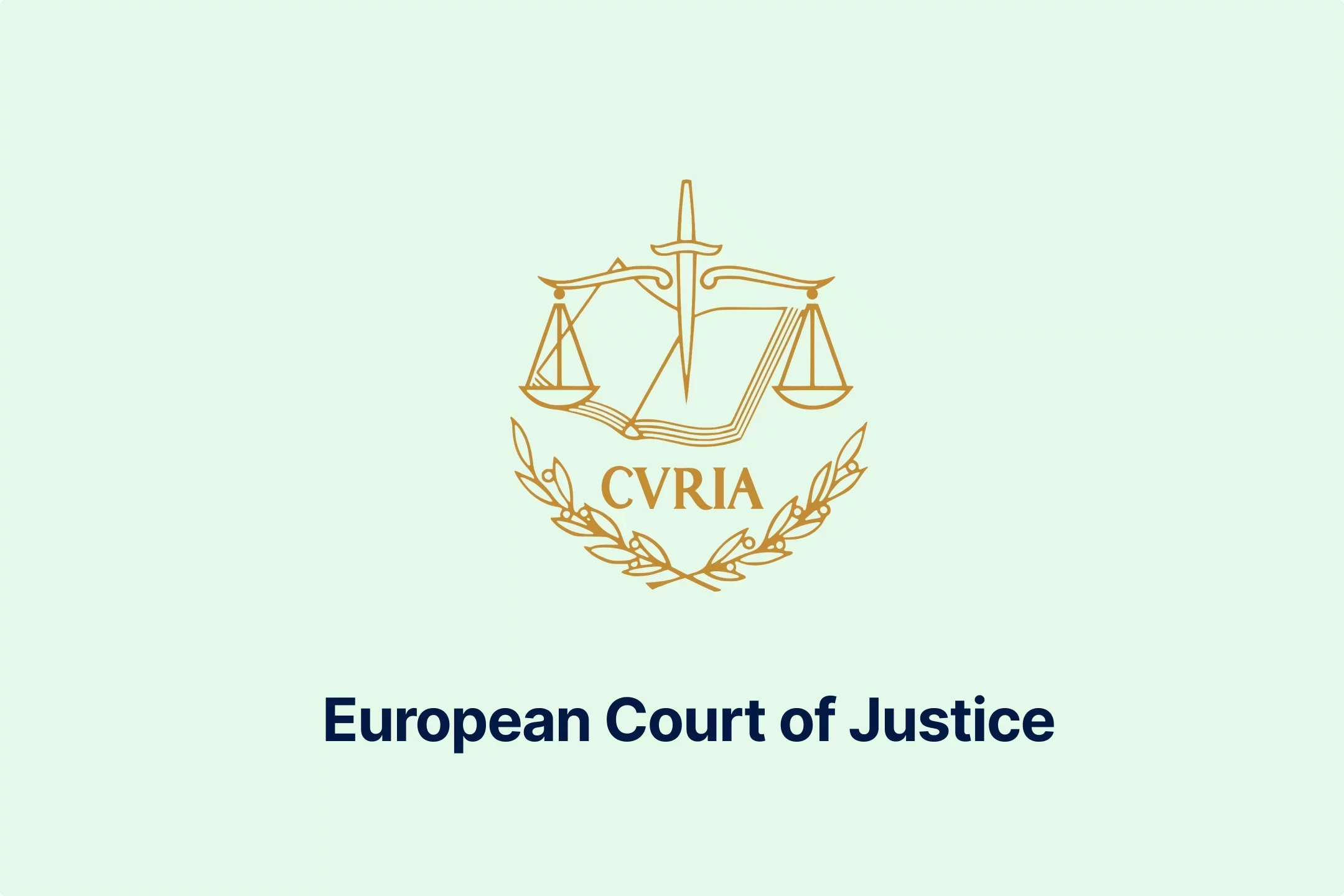
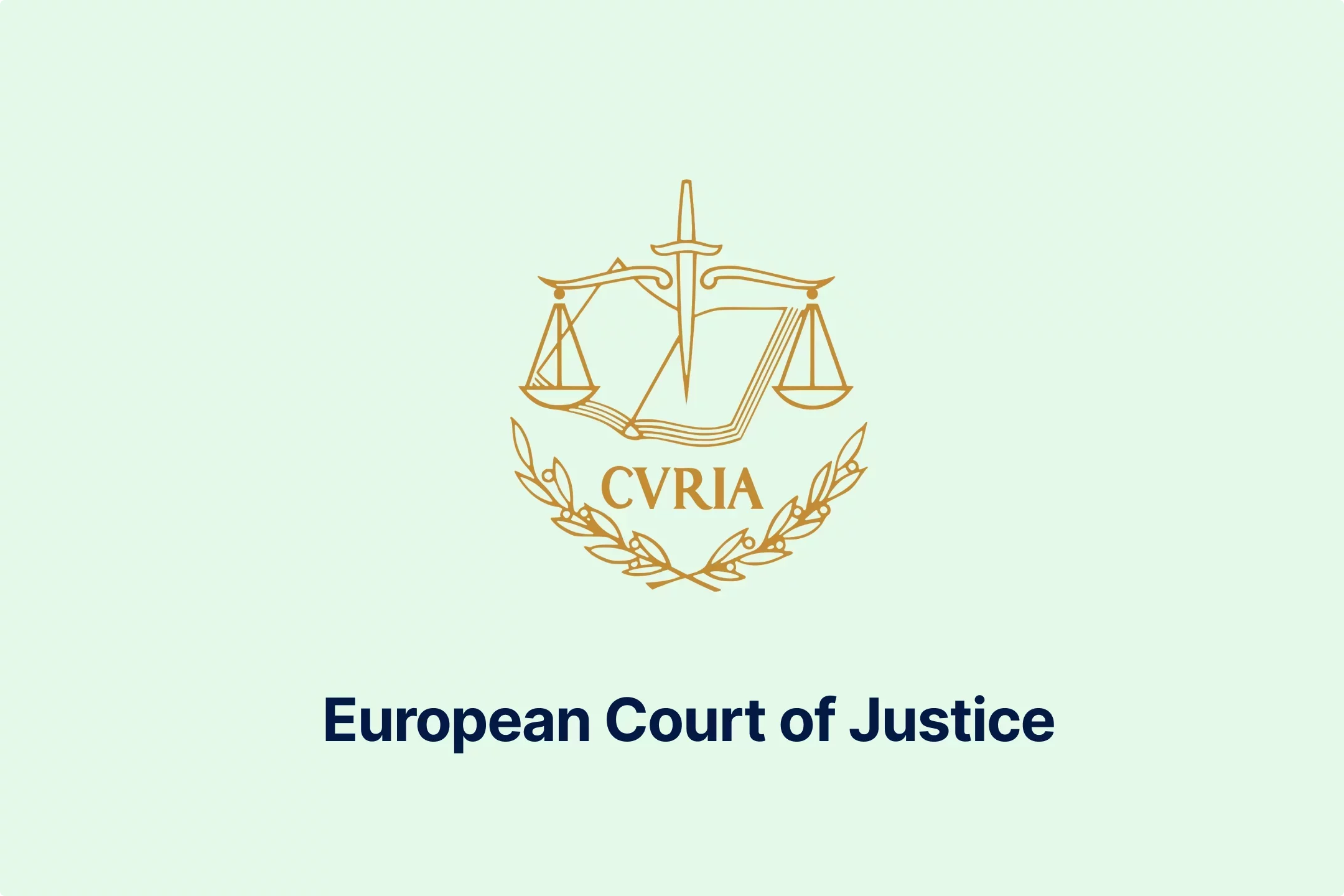
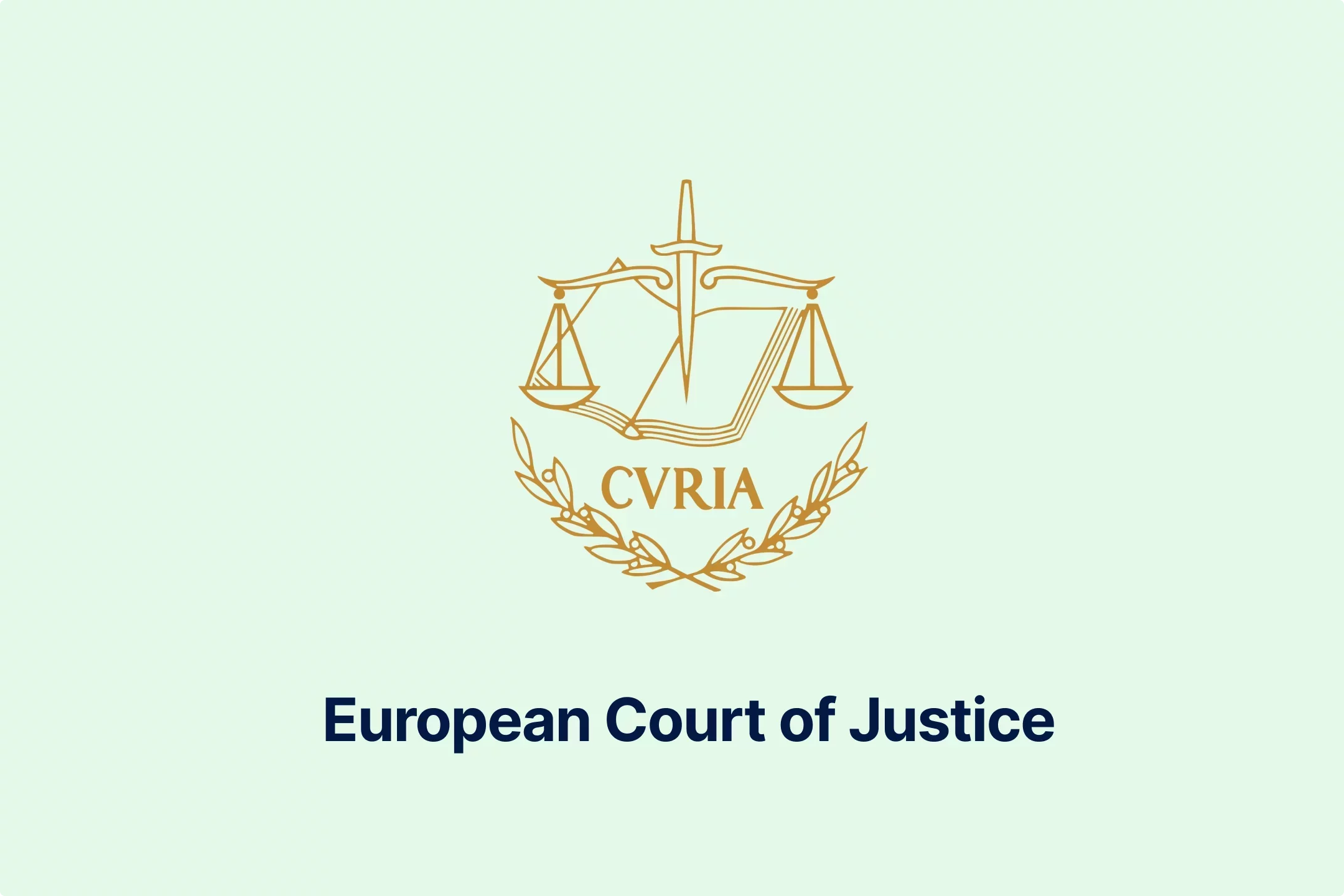
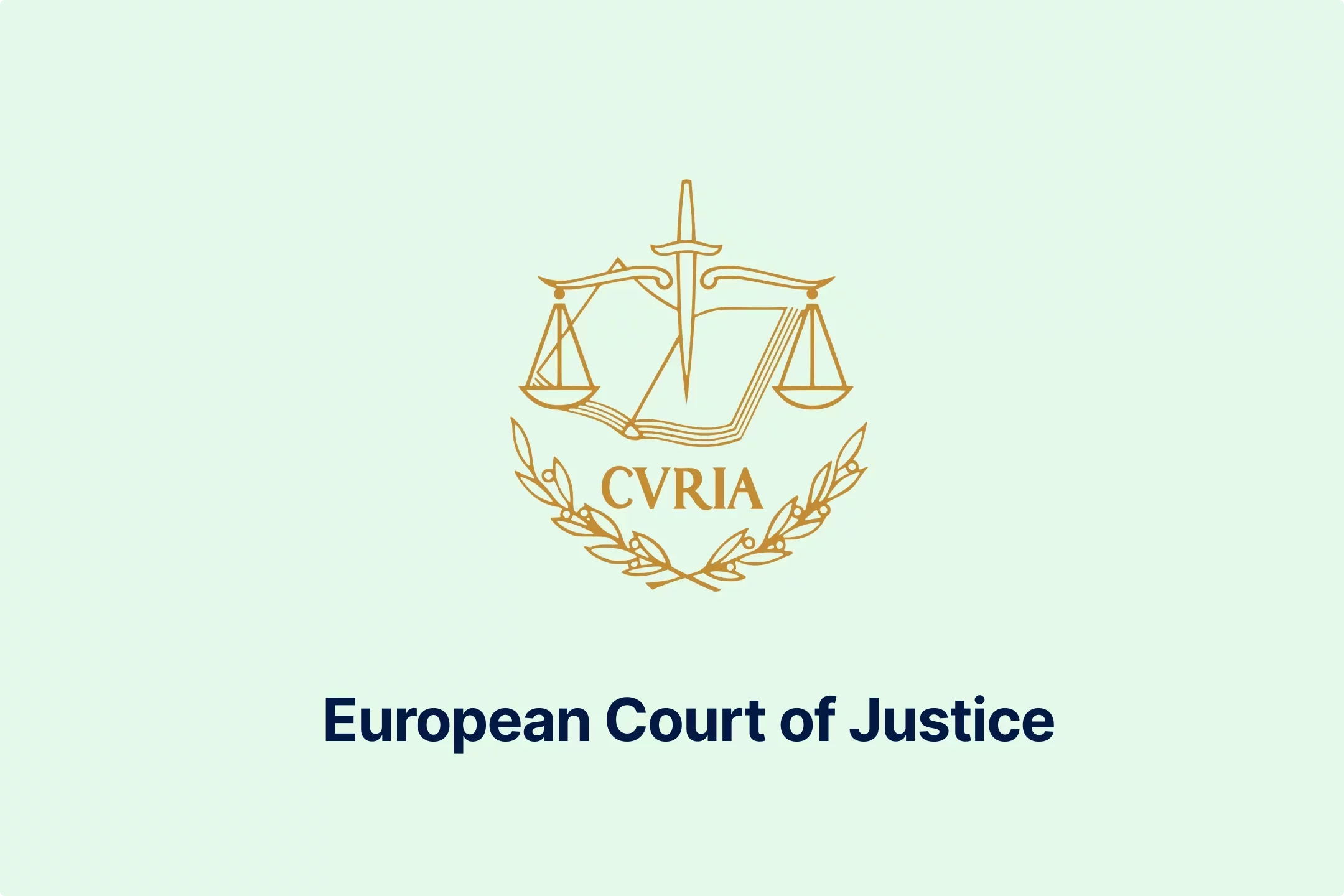


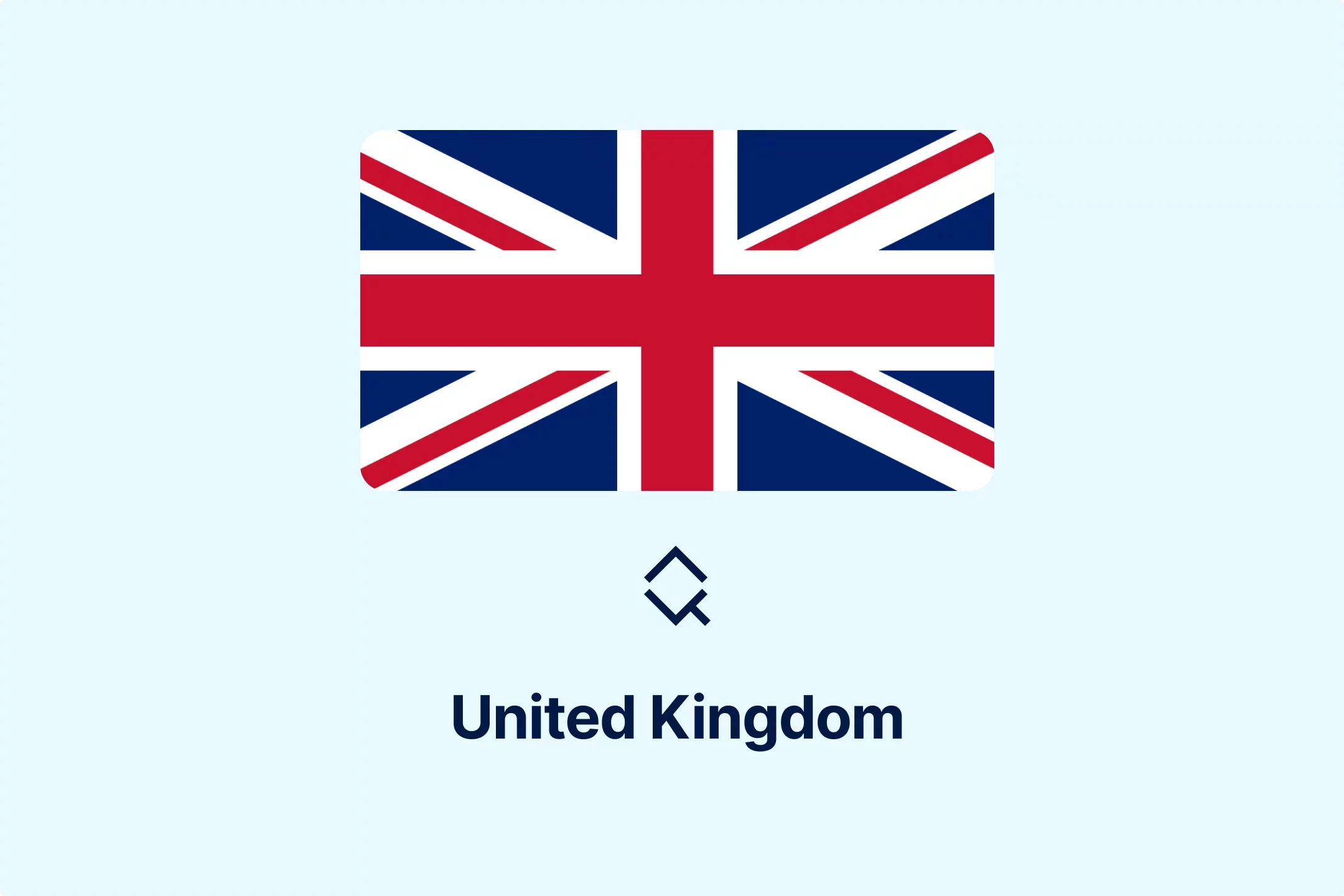
-iyyeiabtaf.webp)
-c8rbjkcs01.webp)
-nilkffjhah.webp)
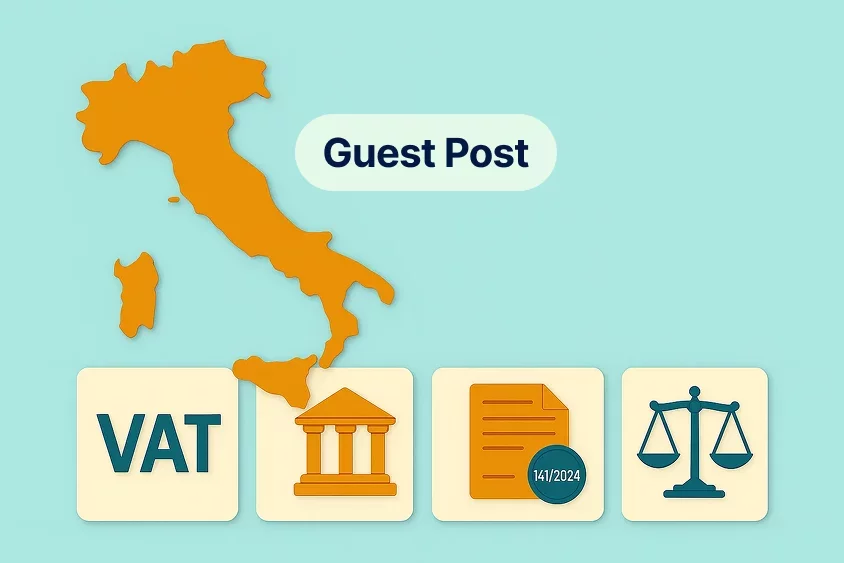
-hikakq55ae.webp)
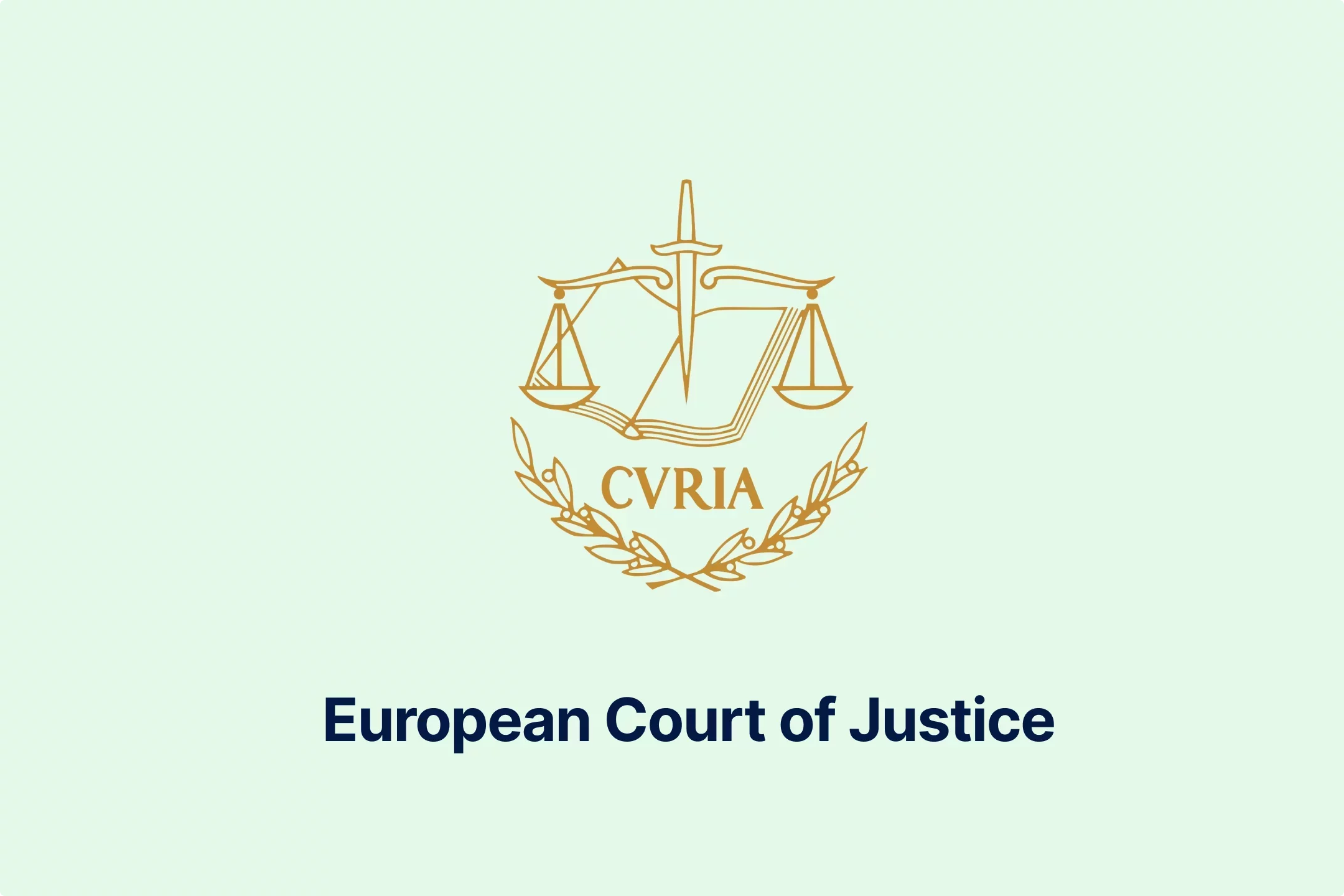
-z1d60bldtg.webp)
-d1a0q6n7mp.webp)
-viip8nvoeh.webp)
-bvv1otliox.webp)

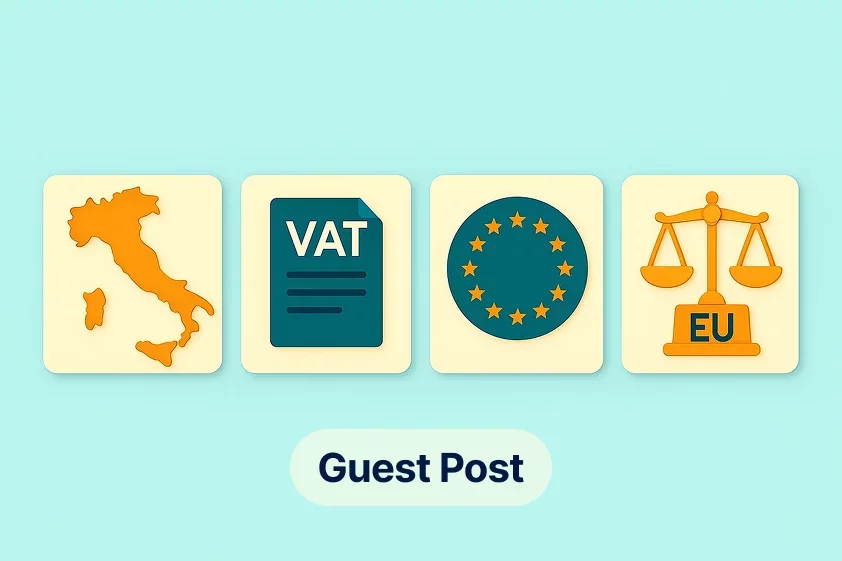
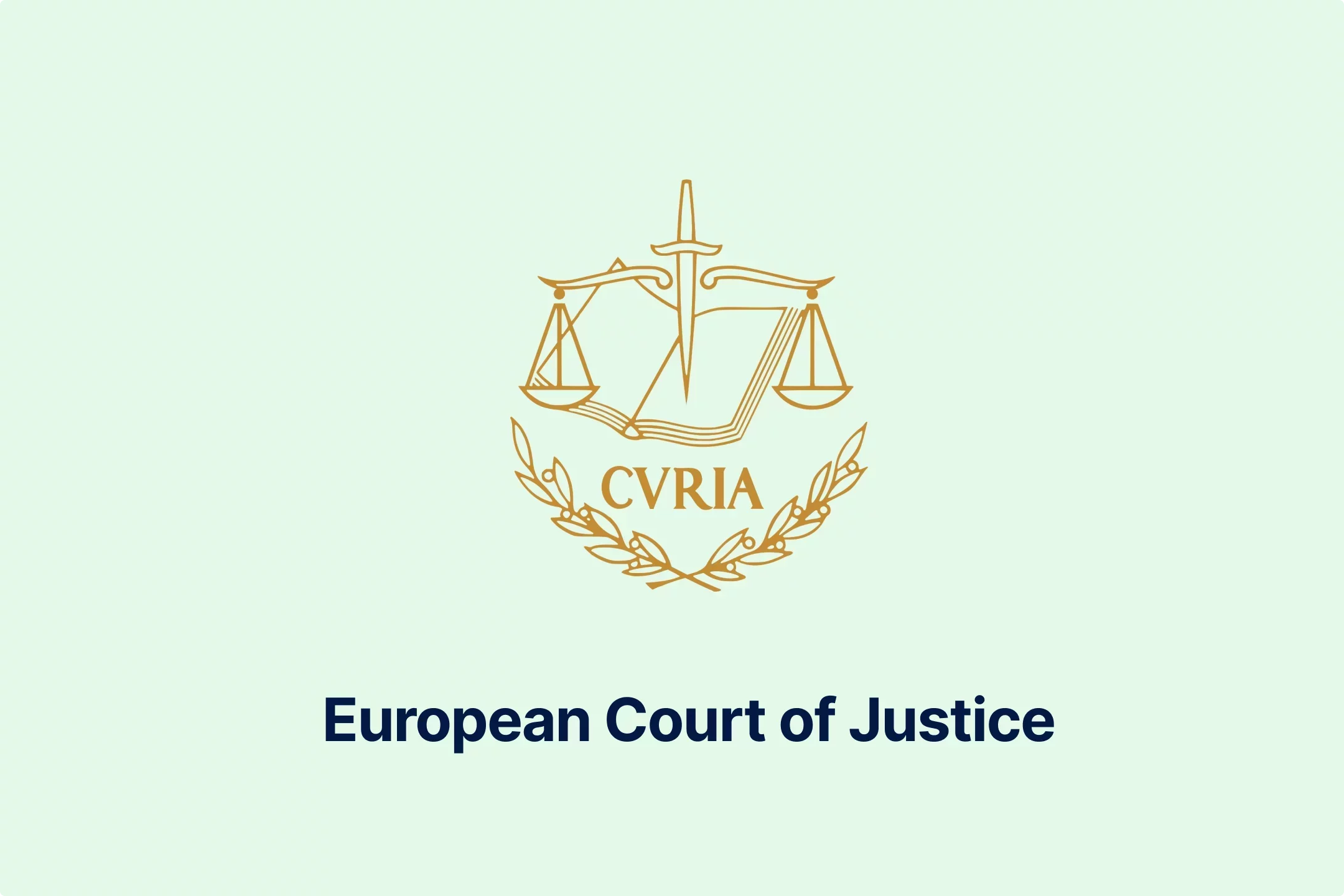
-de8hdb1bn3.webp)
-7xsxxoypnx.webp)
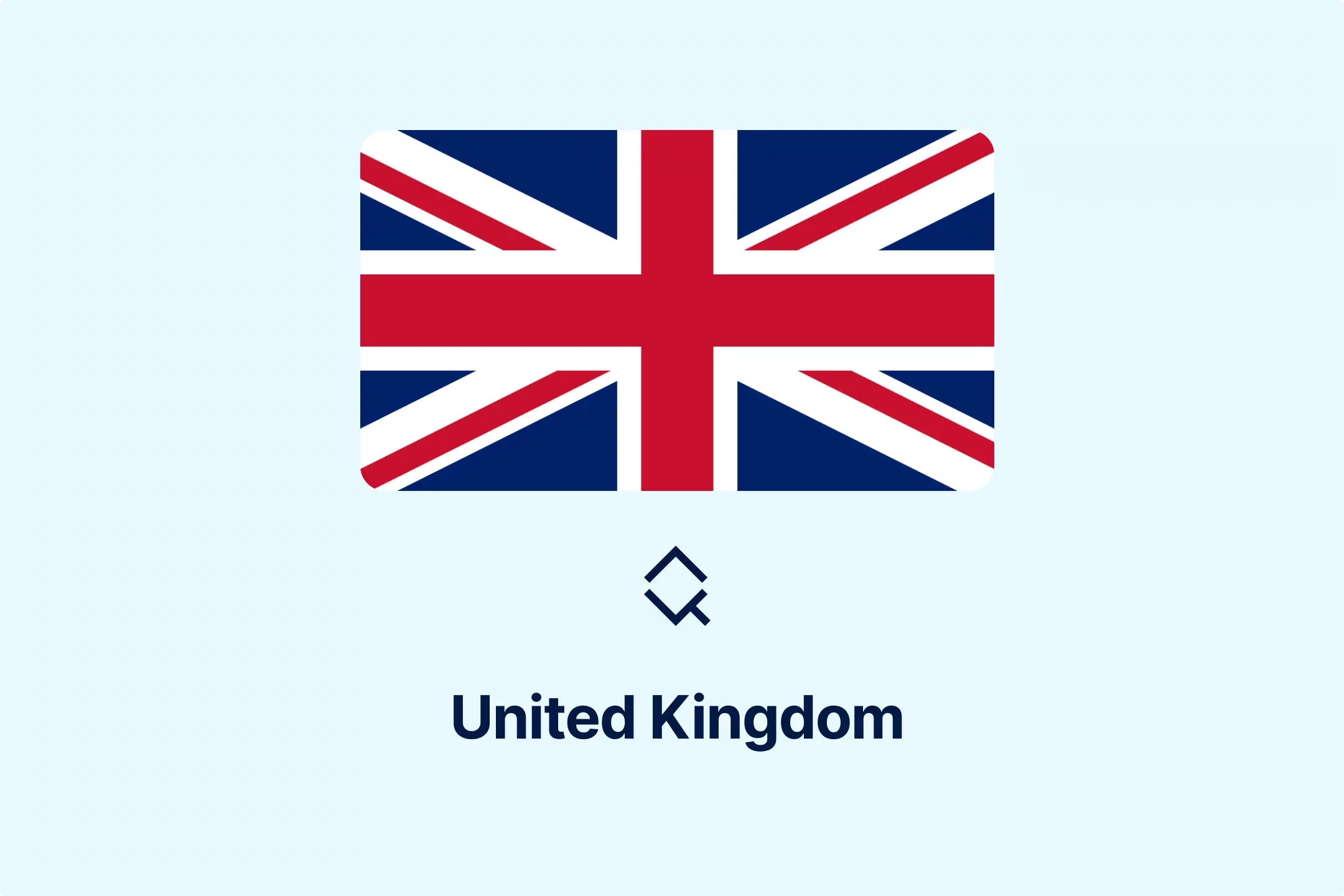
-cm0opezg73.webp)
-0tovsdupmi.webp)
-subxdamdj6.webp)
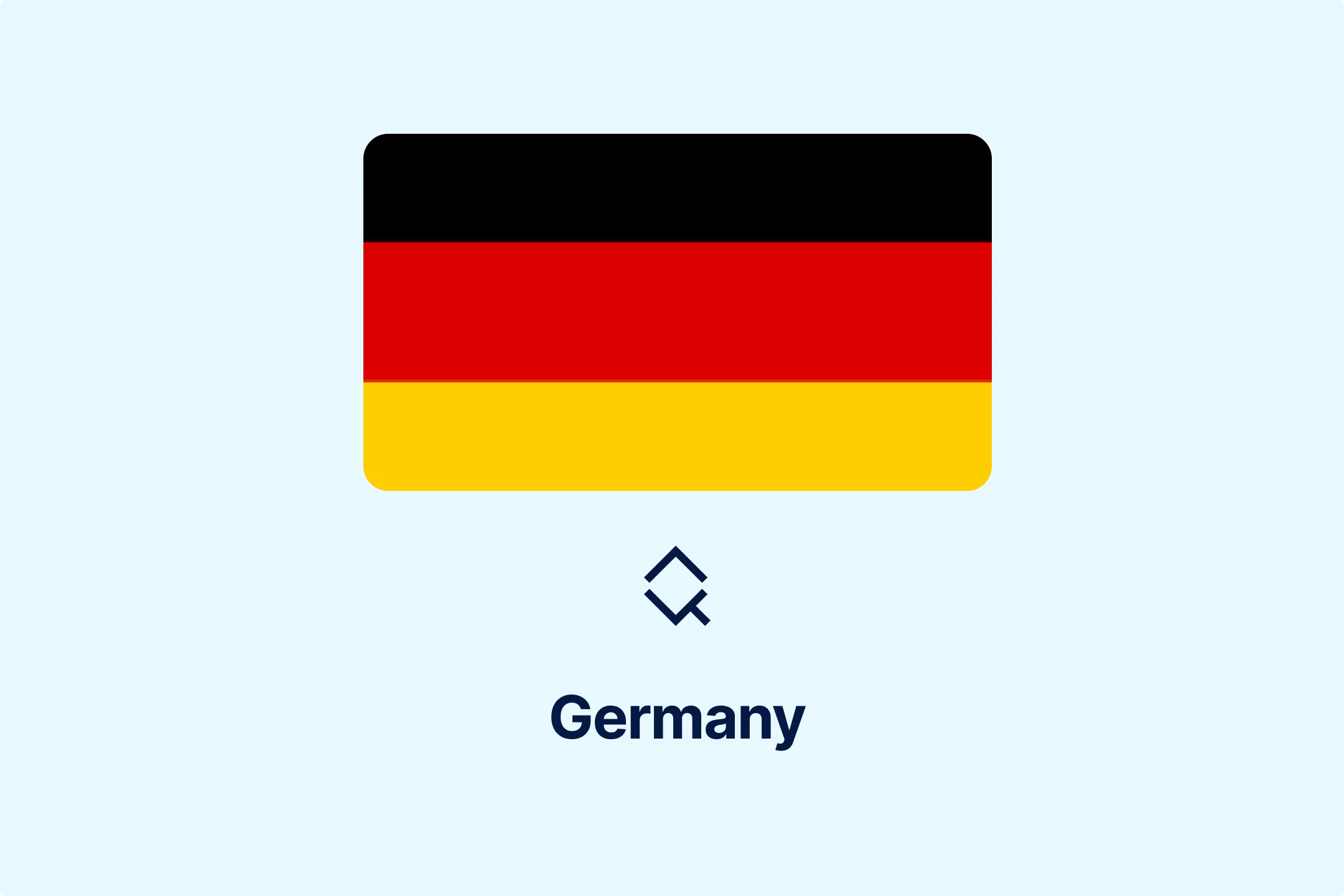
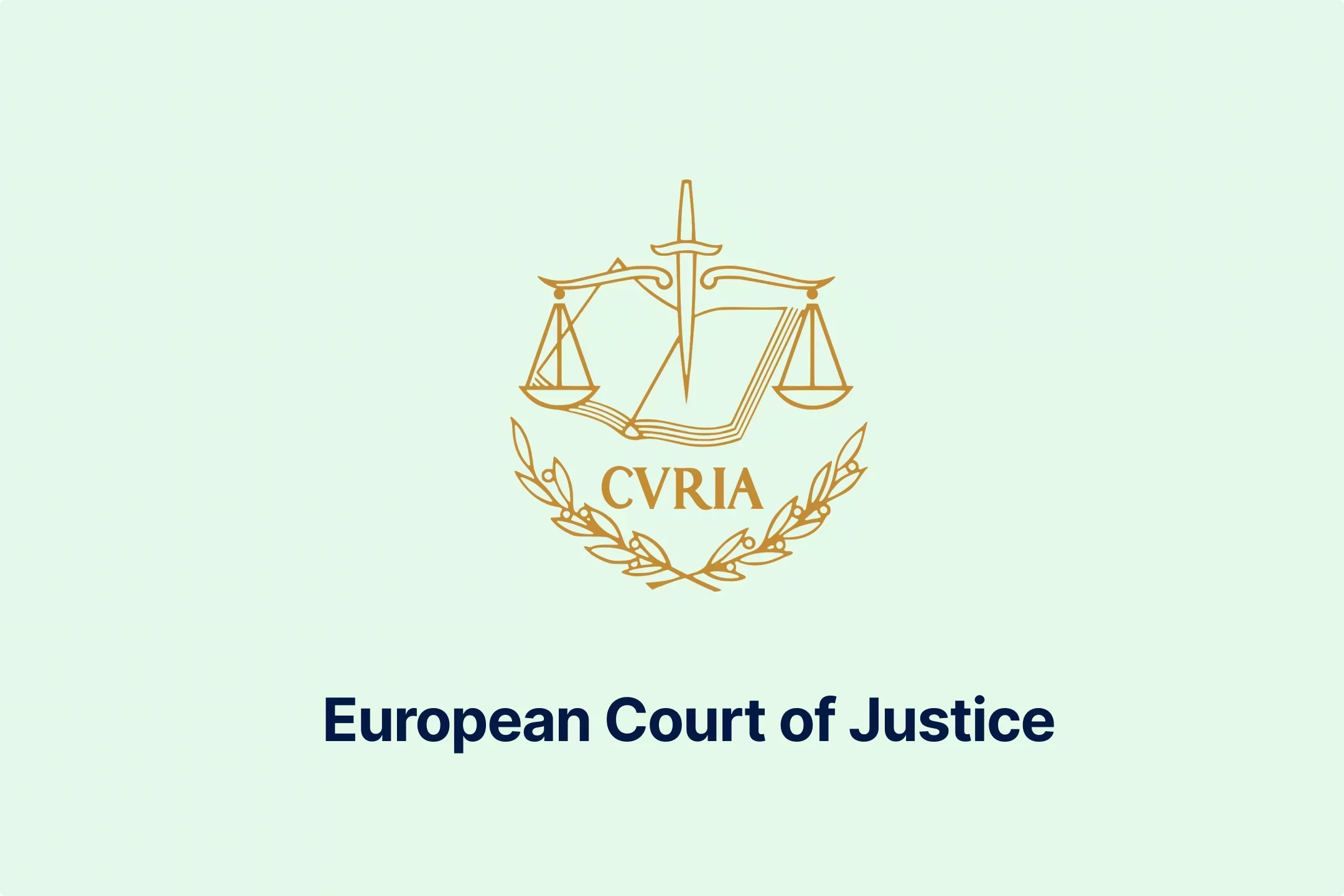
-gly6ablwnh.webp)
-gkduqhwbzh.webp)
-qpe1ld9vcj.webp)
-8noukwsmba.webp)
-aka29tuhkt.webp)


-fisvs27yrp.webp)


-mp0jakanyb.webp)

-aivzsuryuq.webp)



-o7f4ogsy06.webp)

-zjja92wdje.webp)
-hrbhdts8ry.webp)
-qtdkwpgkug.webp)


-cf8ccgah0p.webp)
-0em3cif5s6.webp)





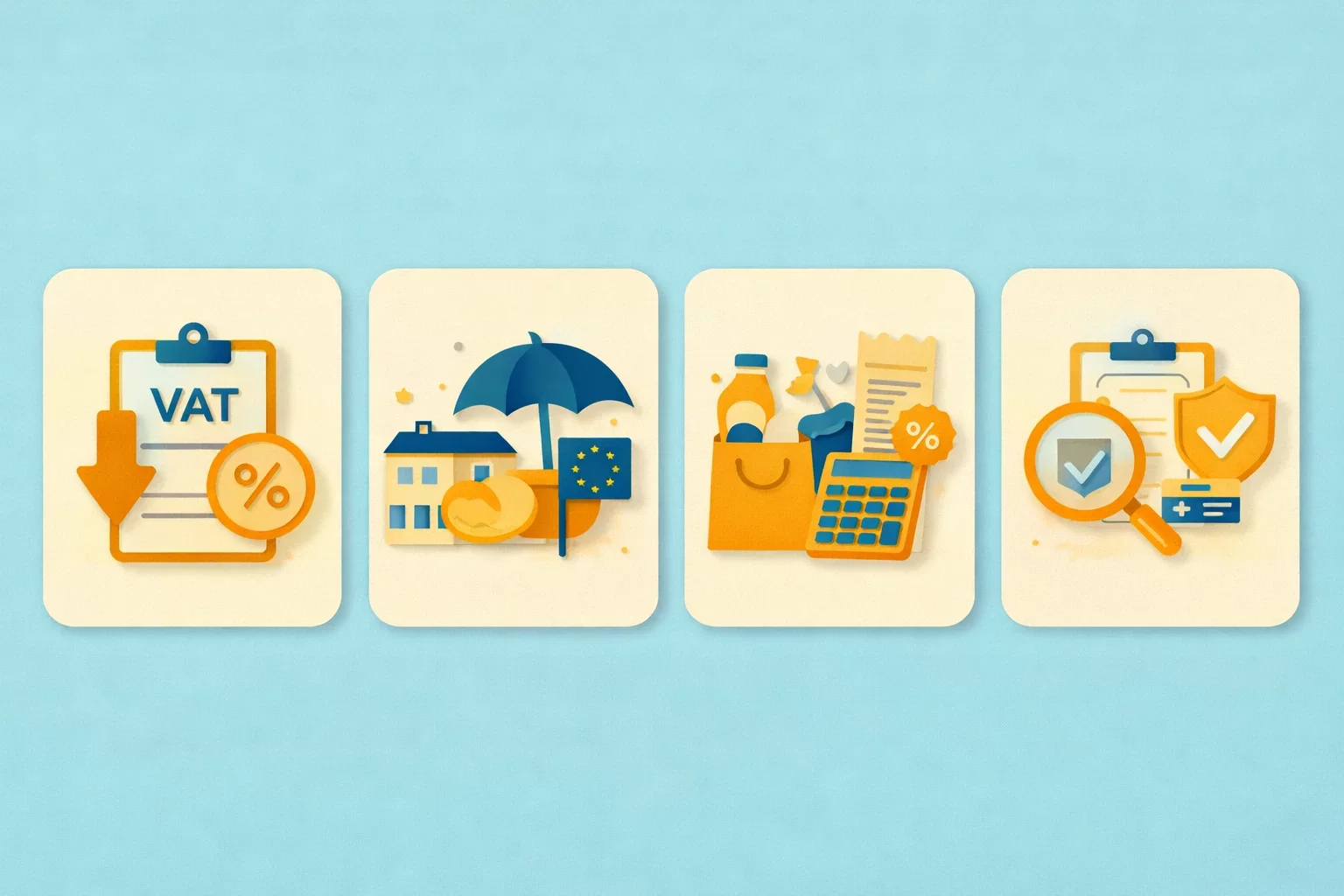
-ptzesl0kij.webp)

-tfzv42pyms.webp)
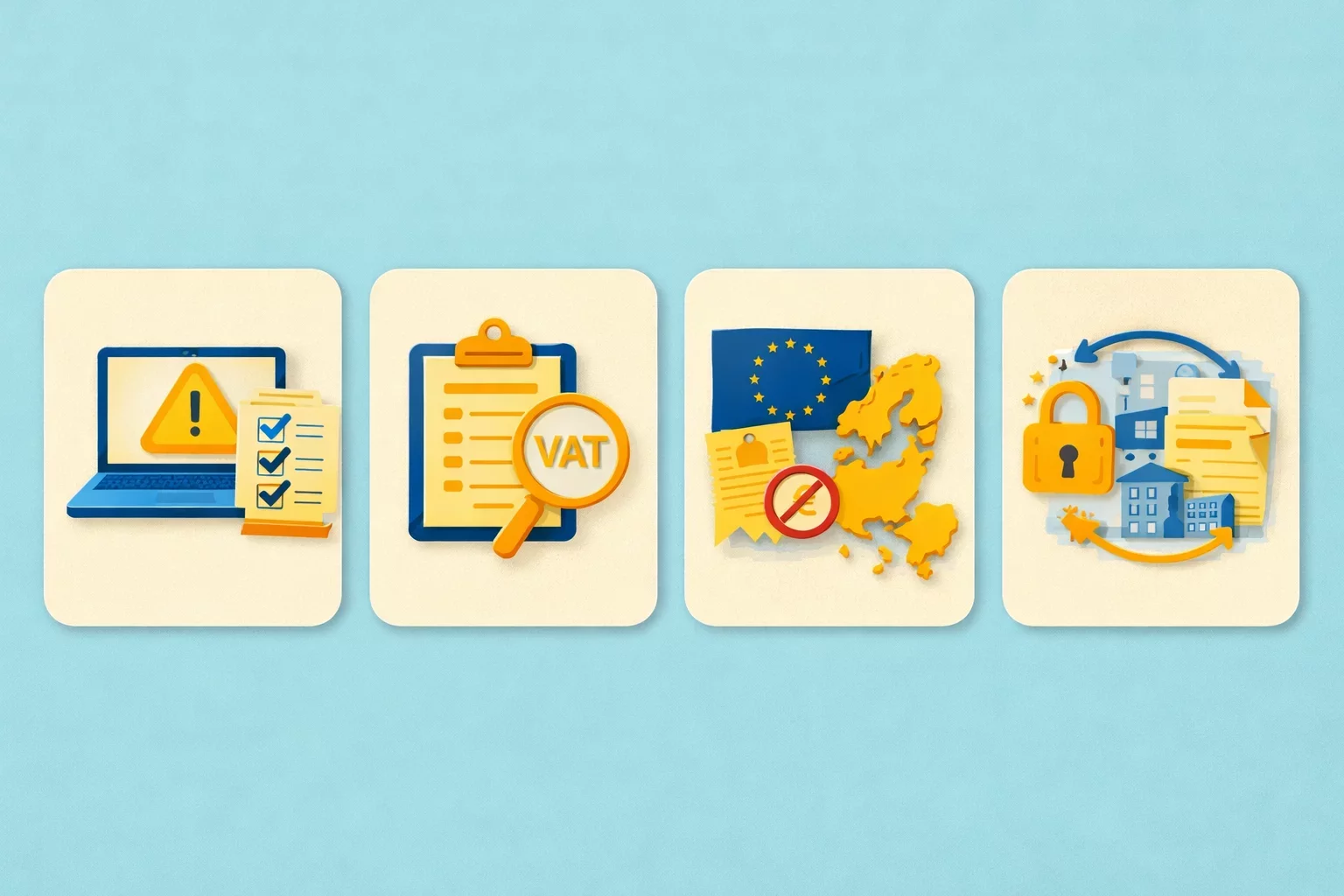






-uodv7sfbih.webp)
-bbrdfmm9qf.webp)



-m2tl8crfqr.webp)




-1awbqjgpjs.webp)
-avbjsn1k1g.webp)


-0h8ohkx6s0.webp)


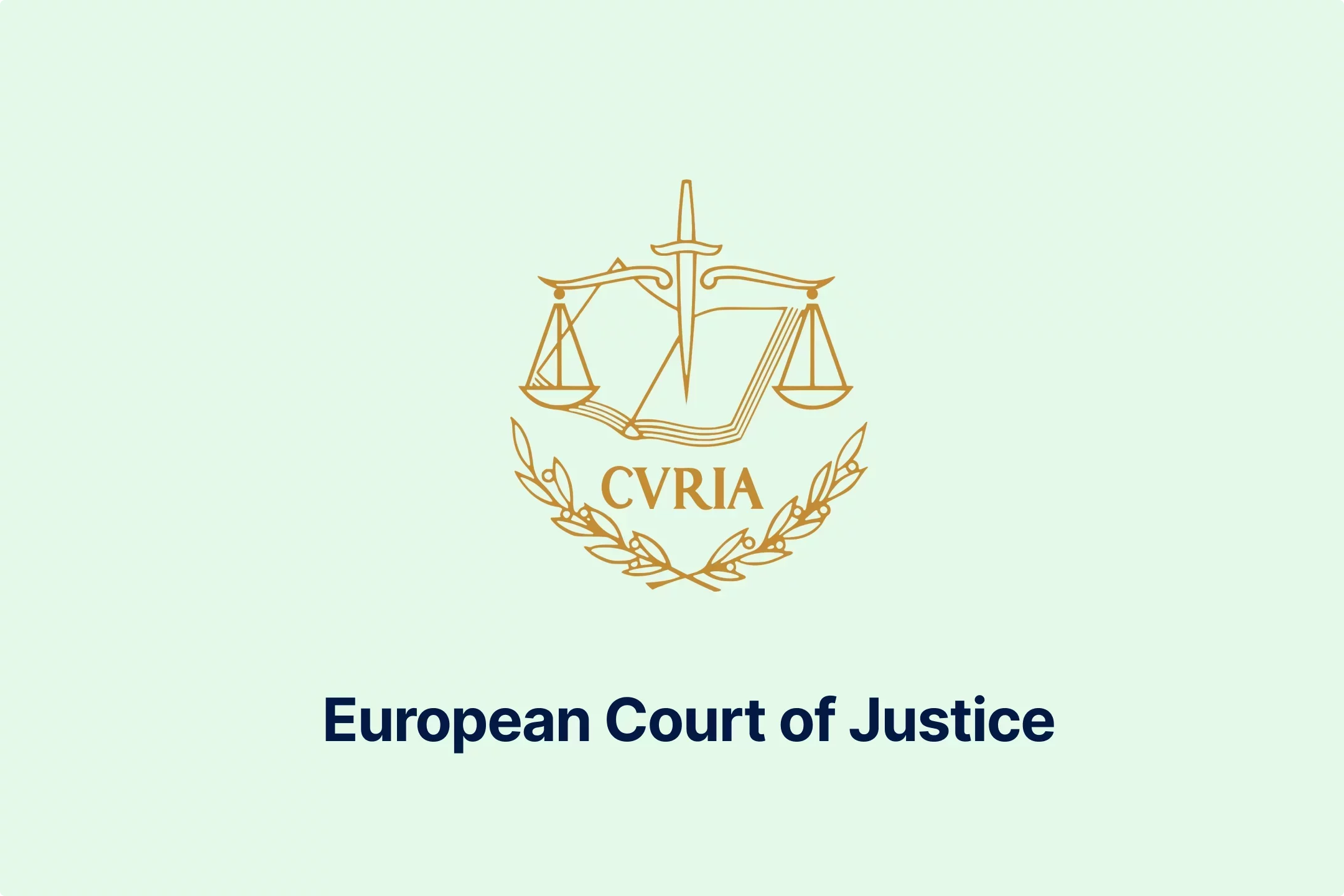
-wfmqhtc7i6.webp)
-7wljbof2zo.webp)

-eqt97uyekl.webp)
-wzw9mcf563.webp)

-z4oxr6i0zd.webp)




-l0zcrrzvhb.webp)
-fhtic1pwml.webp)

-iipdguuz9p.webp)
-nkhhwrnggm.webp)
-pltqwerr3w.webp)

-nn6mtfbneq.webp)

-tmnklelfku.webp)



-8z1msbdibu.webp)
-7g16lgggrv.webp)



-lxcwgtzitc.webp)
-9mc55kqwtx.webp)


-xla7j3cxwz.webp)
-jrdryw2eil.webp)






-t9qr49xs2u.webp)


-qjopq5jplv.webp)



-vune1zdqex.webp)

-qsozqjwle2.webp)
-rgjta7iwiv.webp)

-zb6bxxws47.webp)
-lyfjzw4okp.webp)

-ogpfmol5m1.png)


-czisebympl.png)

-zetvivc79v.png)
-ud7ylvkade.png)
-qizq6w2v5z.png)







-ihr6b4mpo1.webp)
-k1j4au0ph6.webp)
-swxxcatugi.webp)


-ig9tutqopw.webp)

-tauoa6ziym.webp)

-spr0wydvvg.webp)
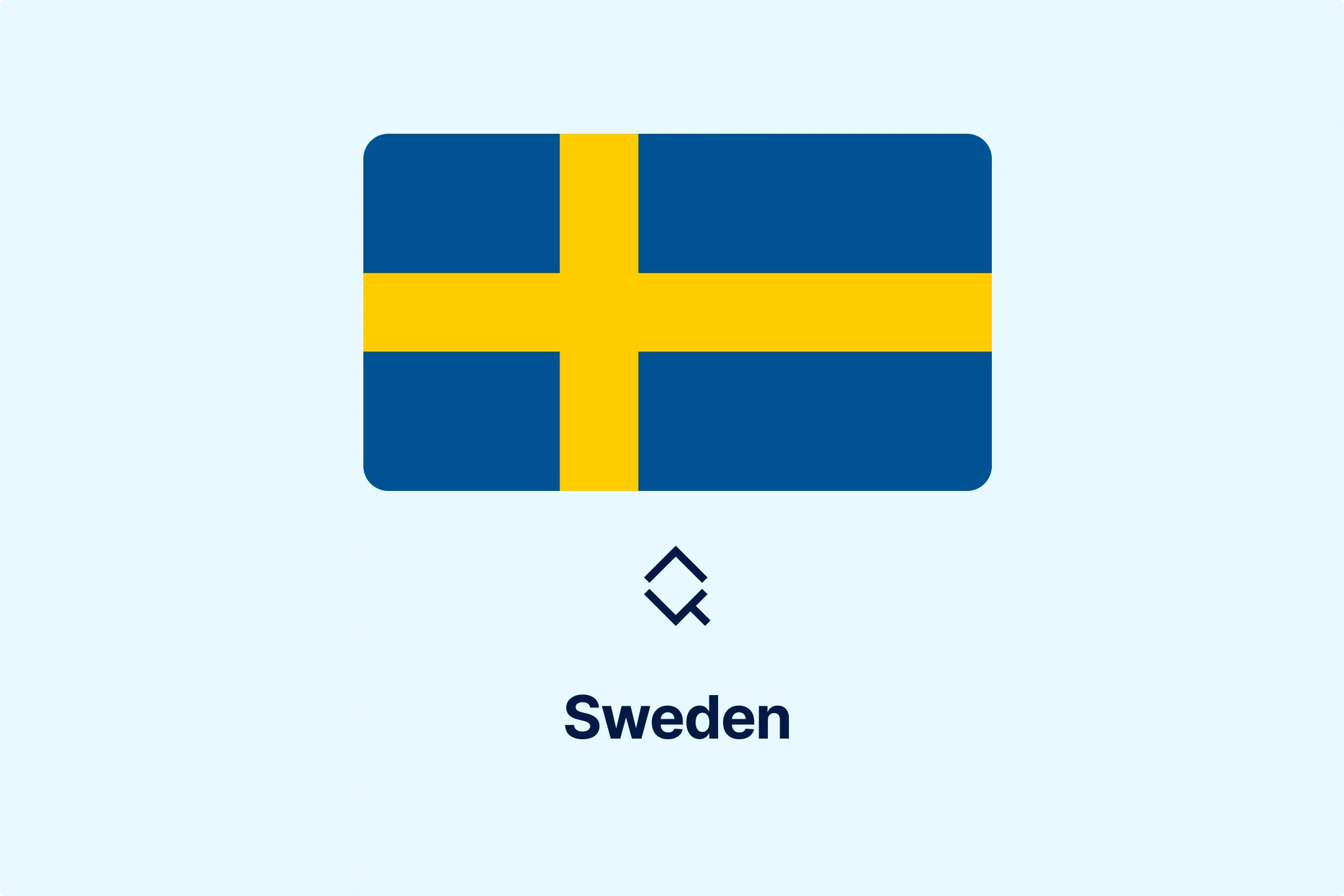
-xfuognajem.webp)





-u2nv5luoqc.webp)








-opuxpan2iu.webp)




-kwttsfd8ow.webp)
-8u14qi10nj.webp)

-wjpr96aq5g.webp)

.png)

.png)


.png)


.png)



.png)
.png)
.png)
.png)
.png)

.png)
.png)




.png)
.png)



































































































































